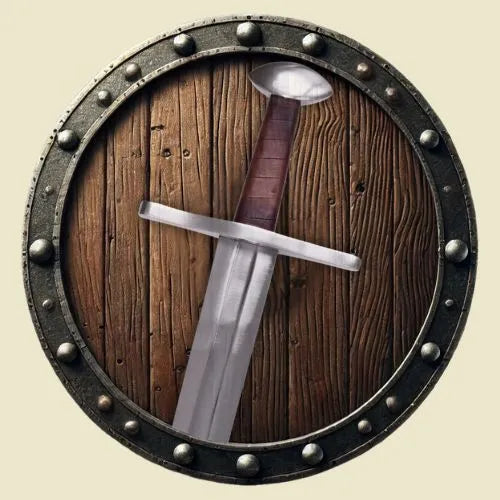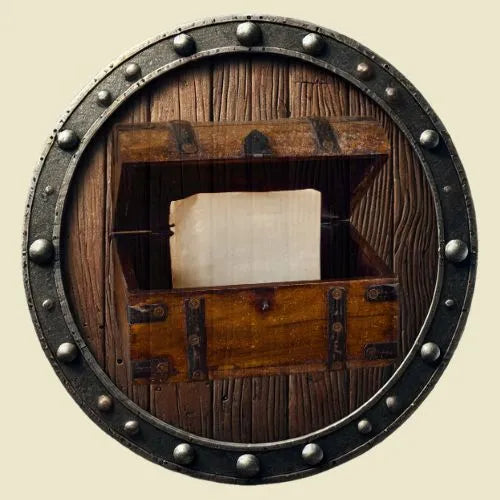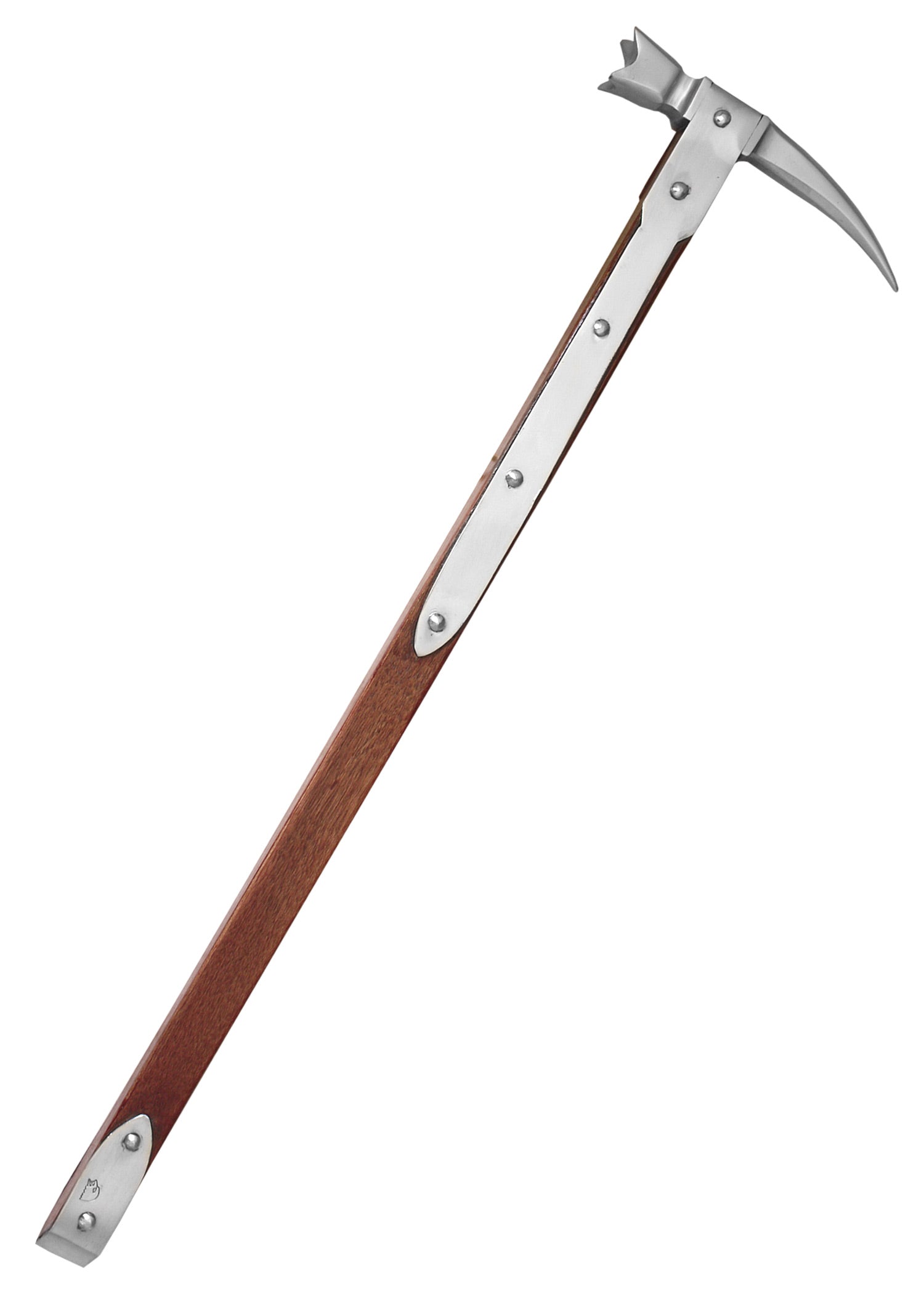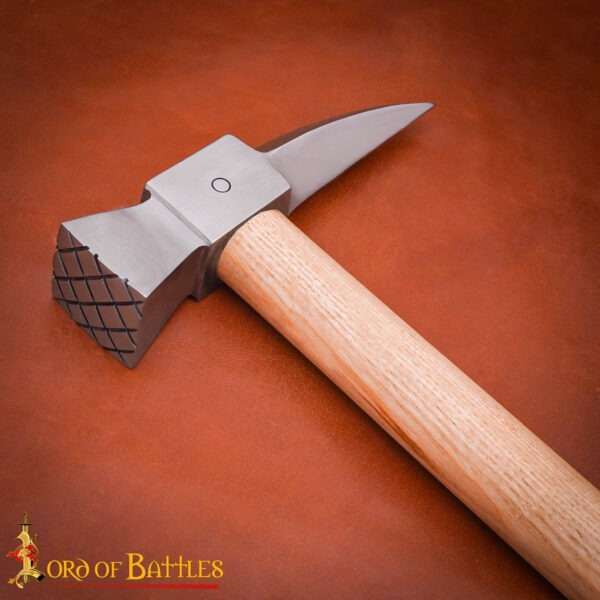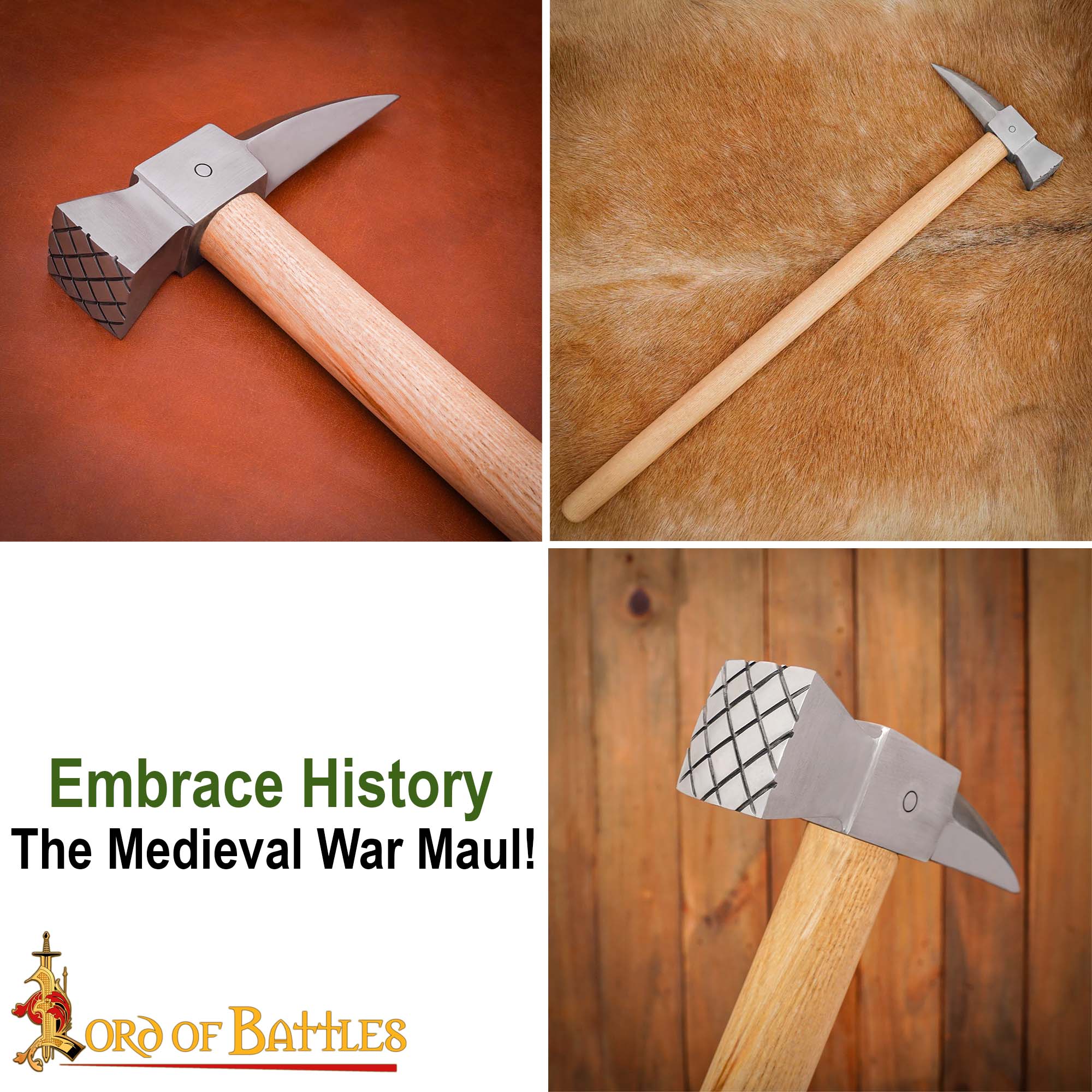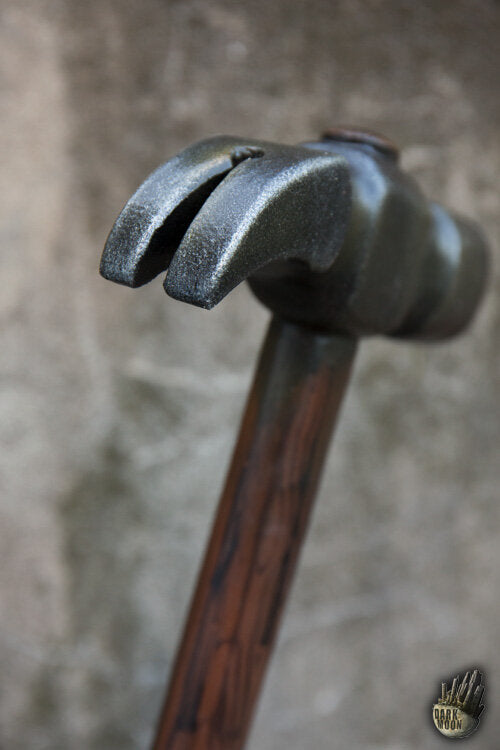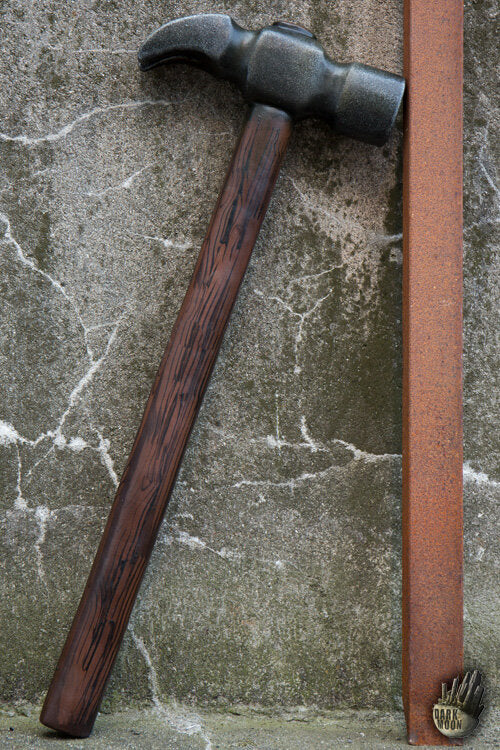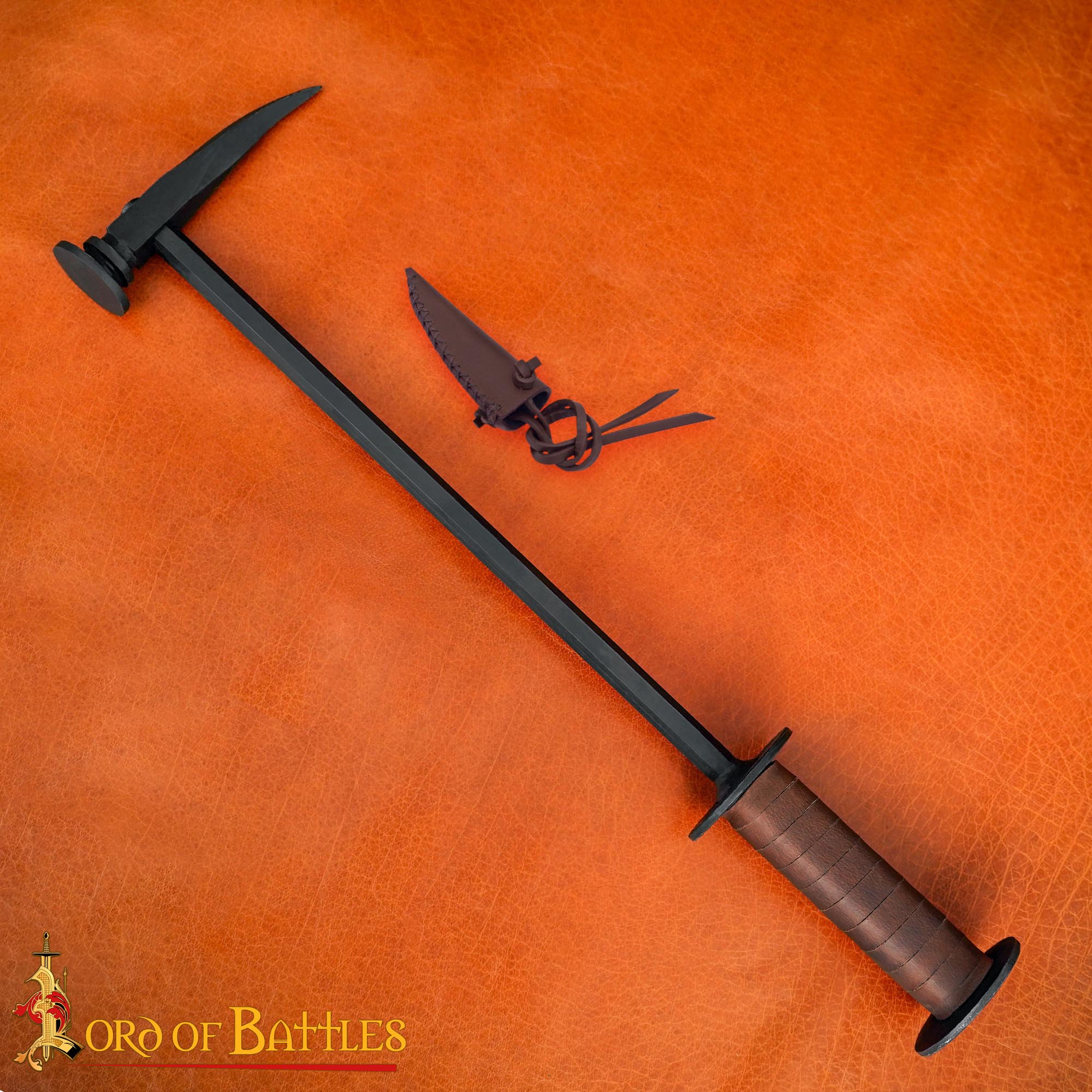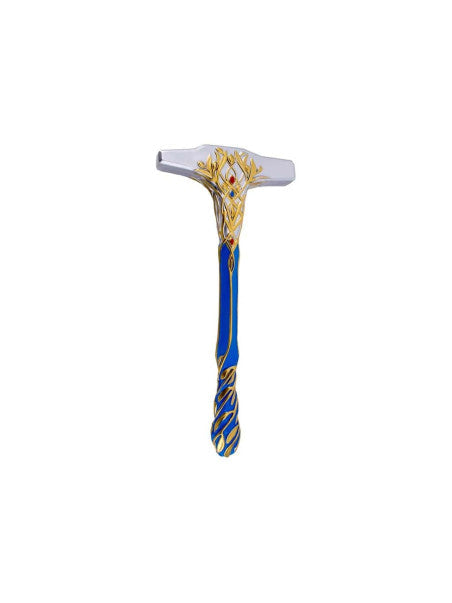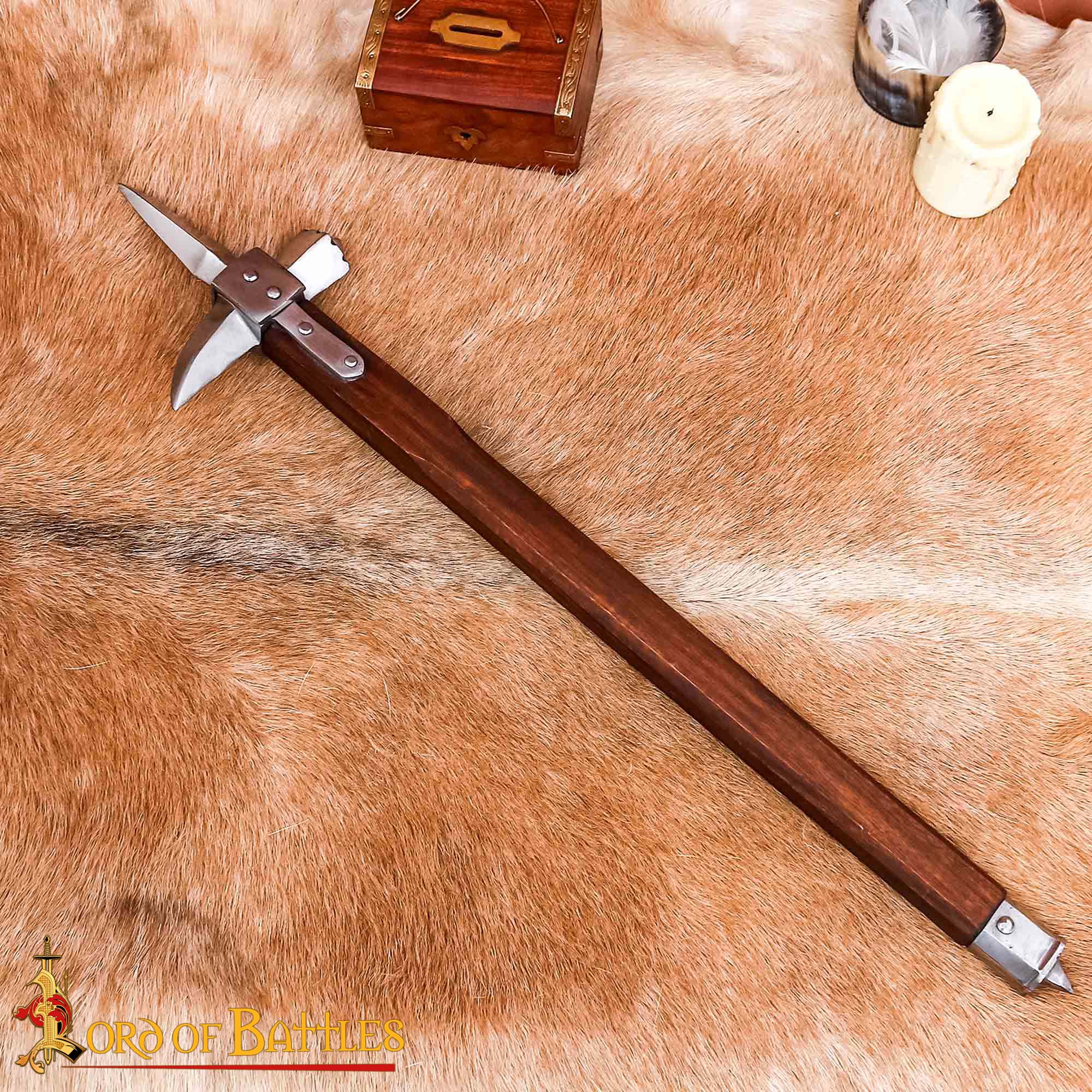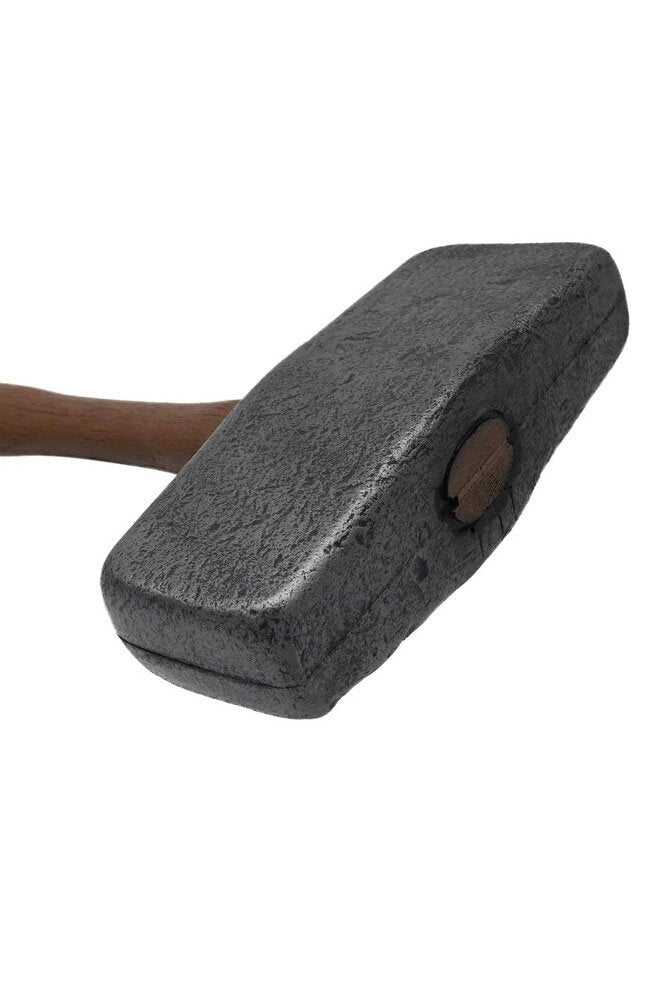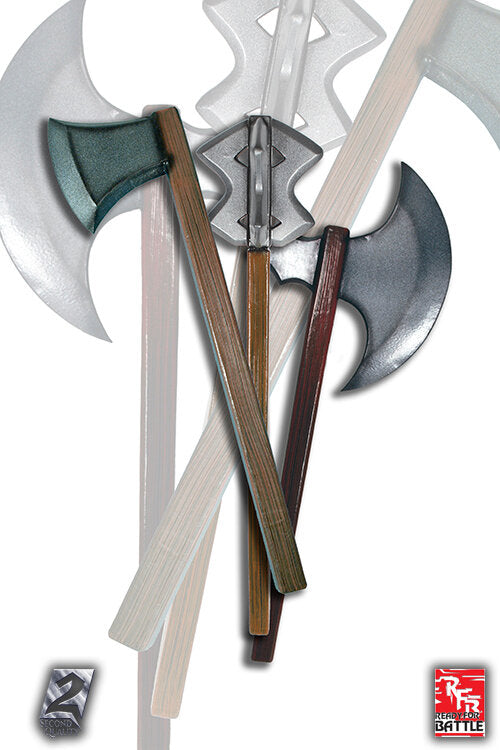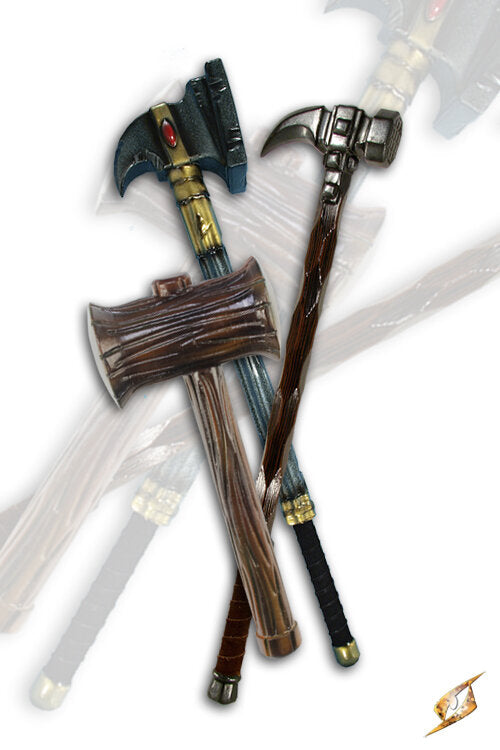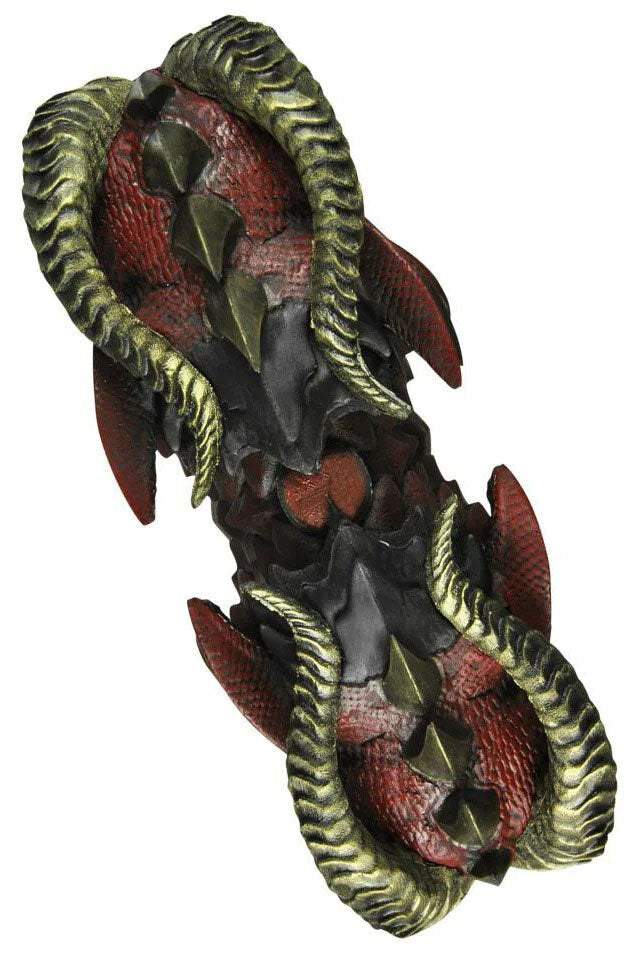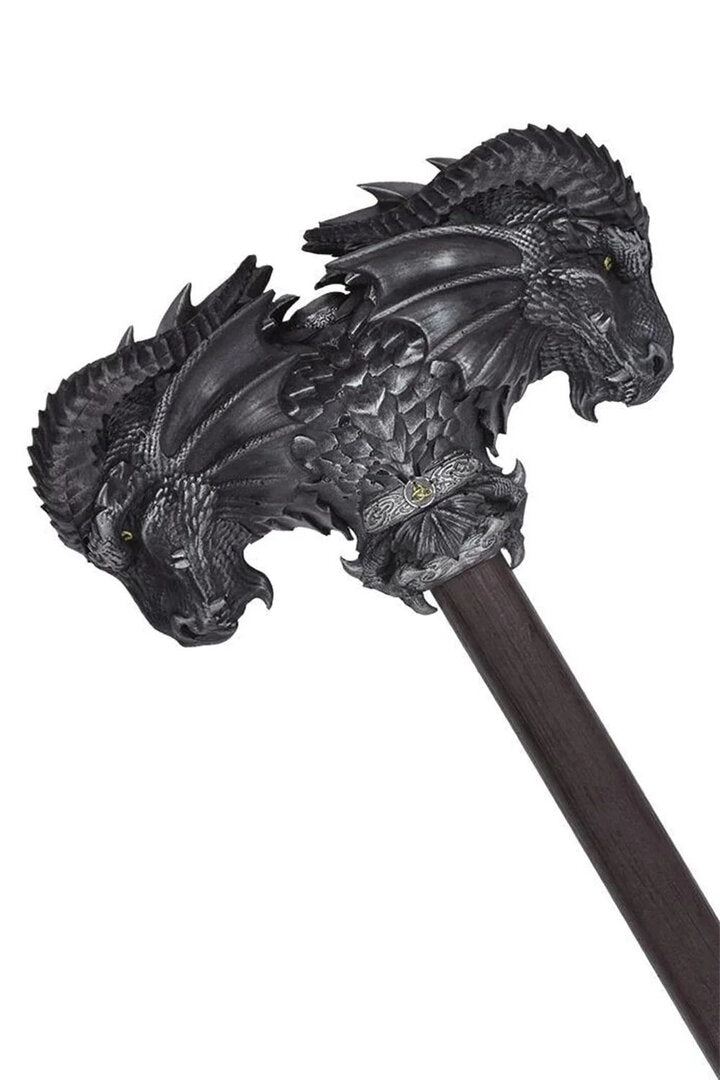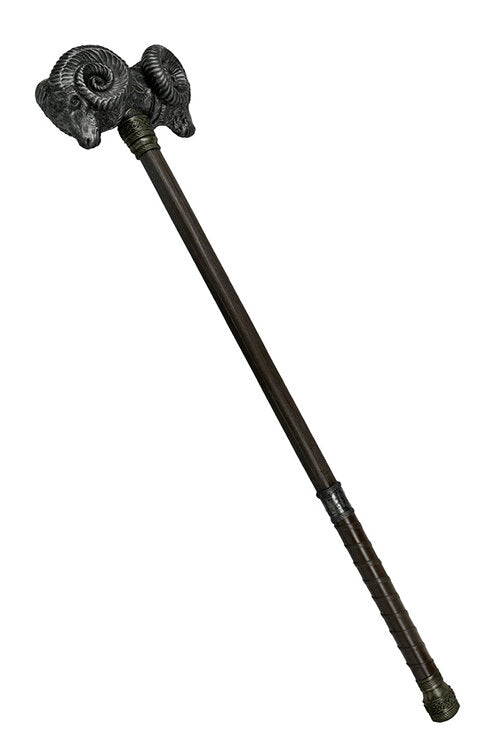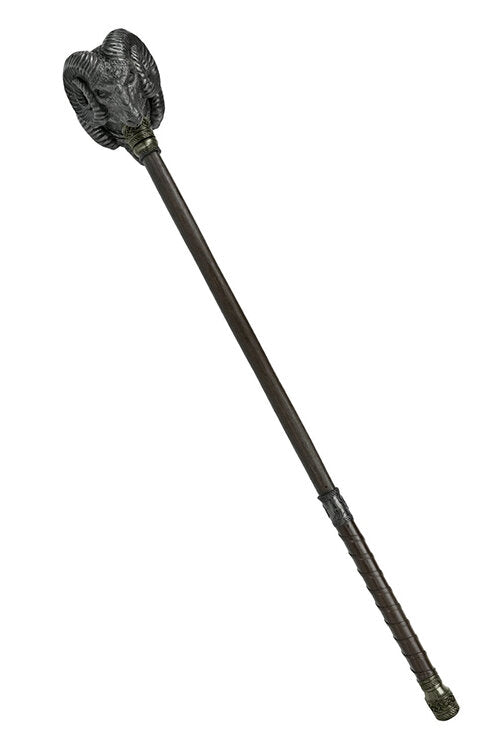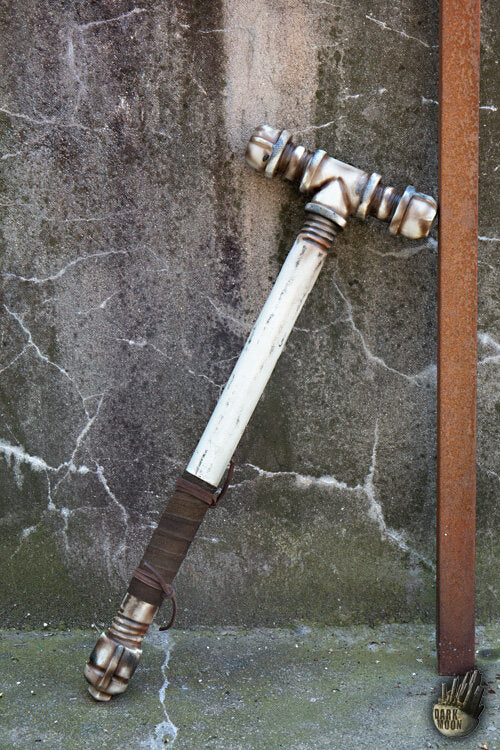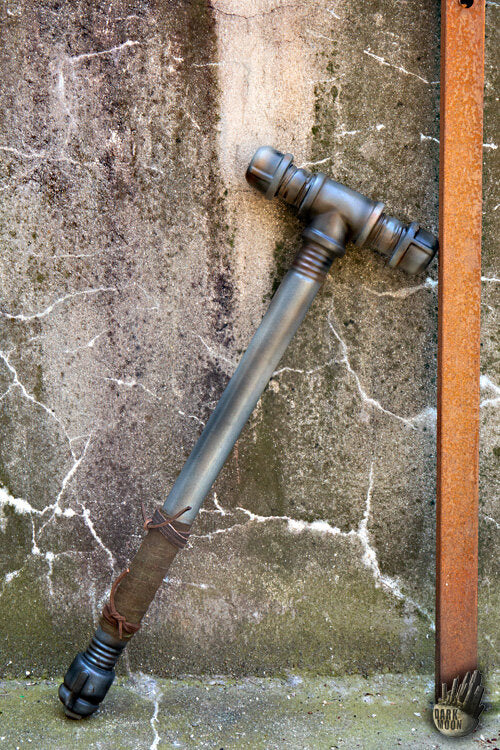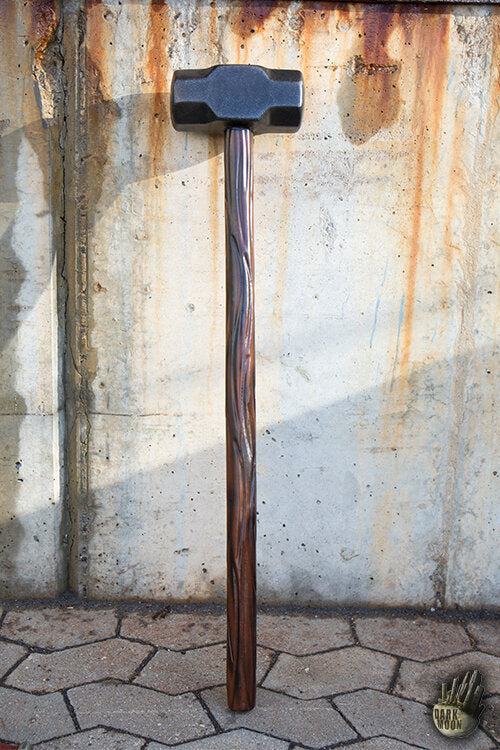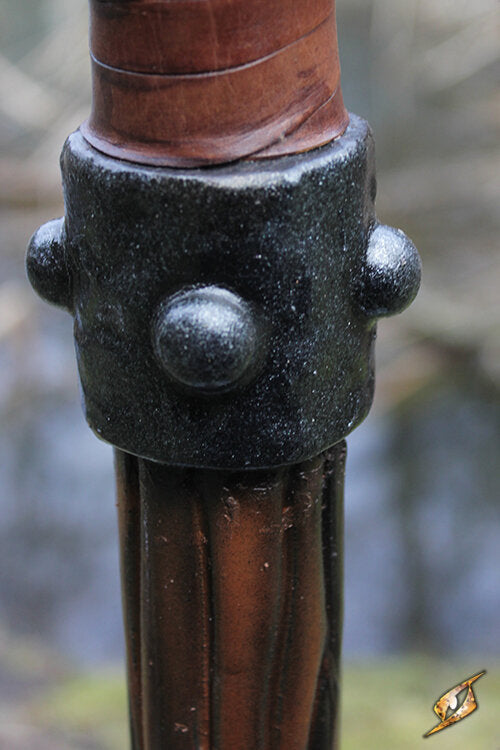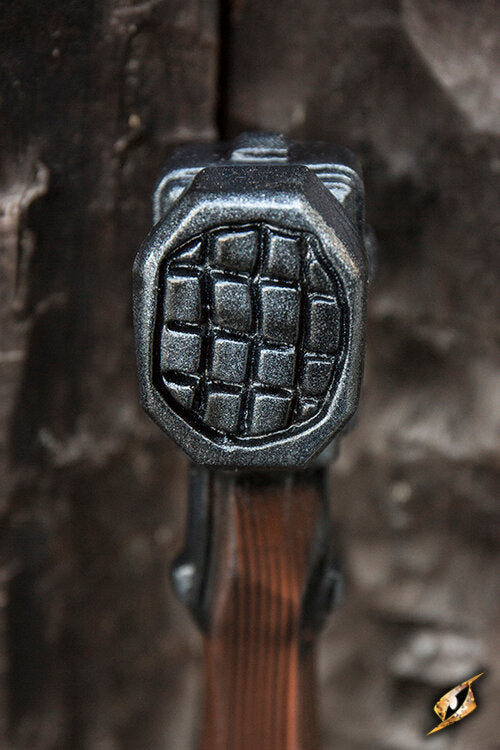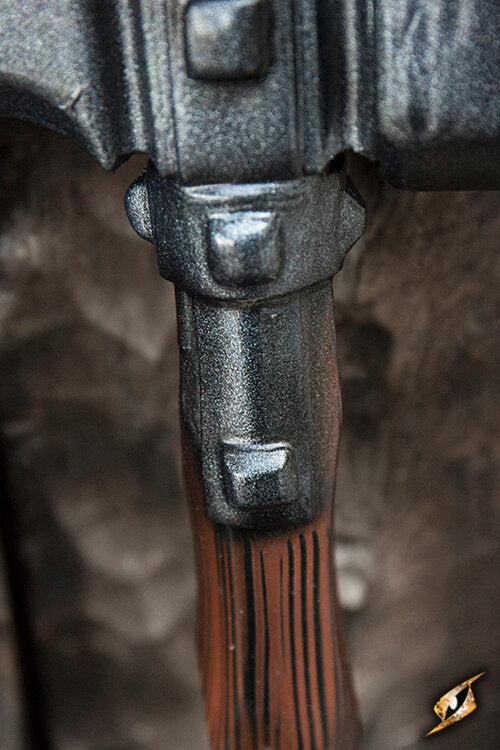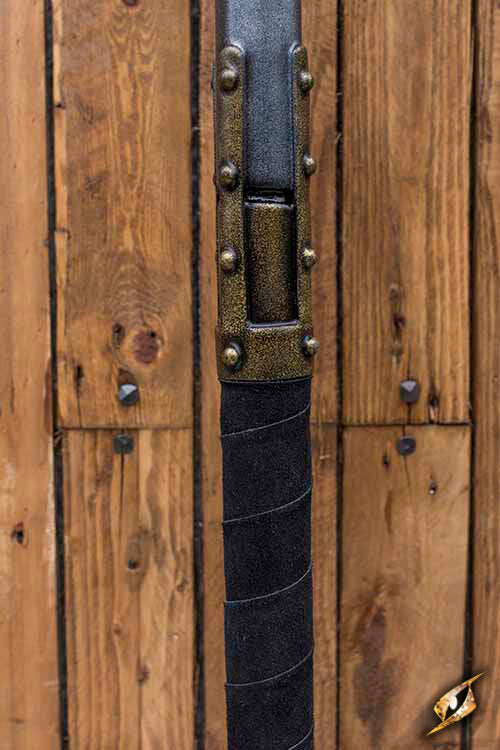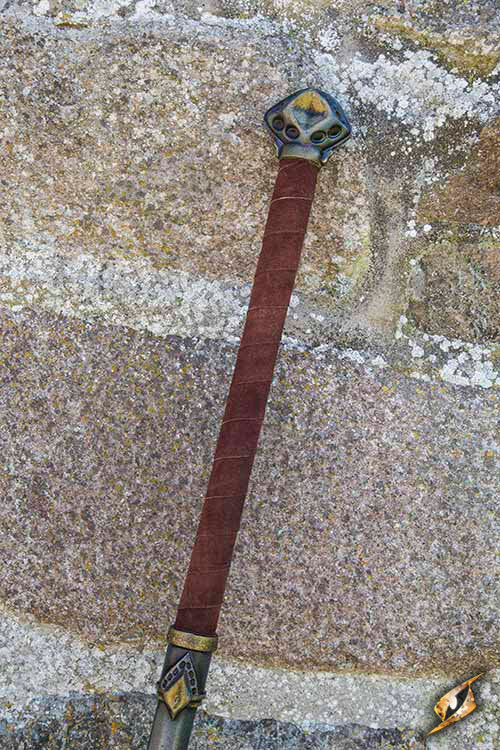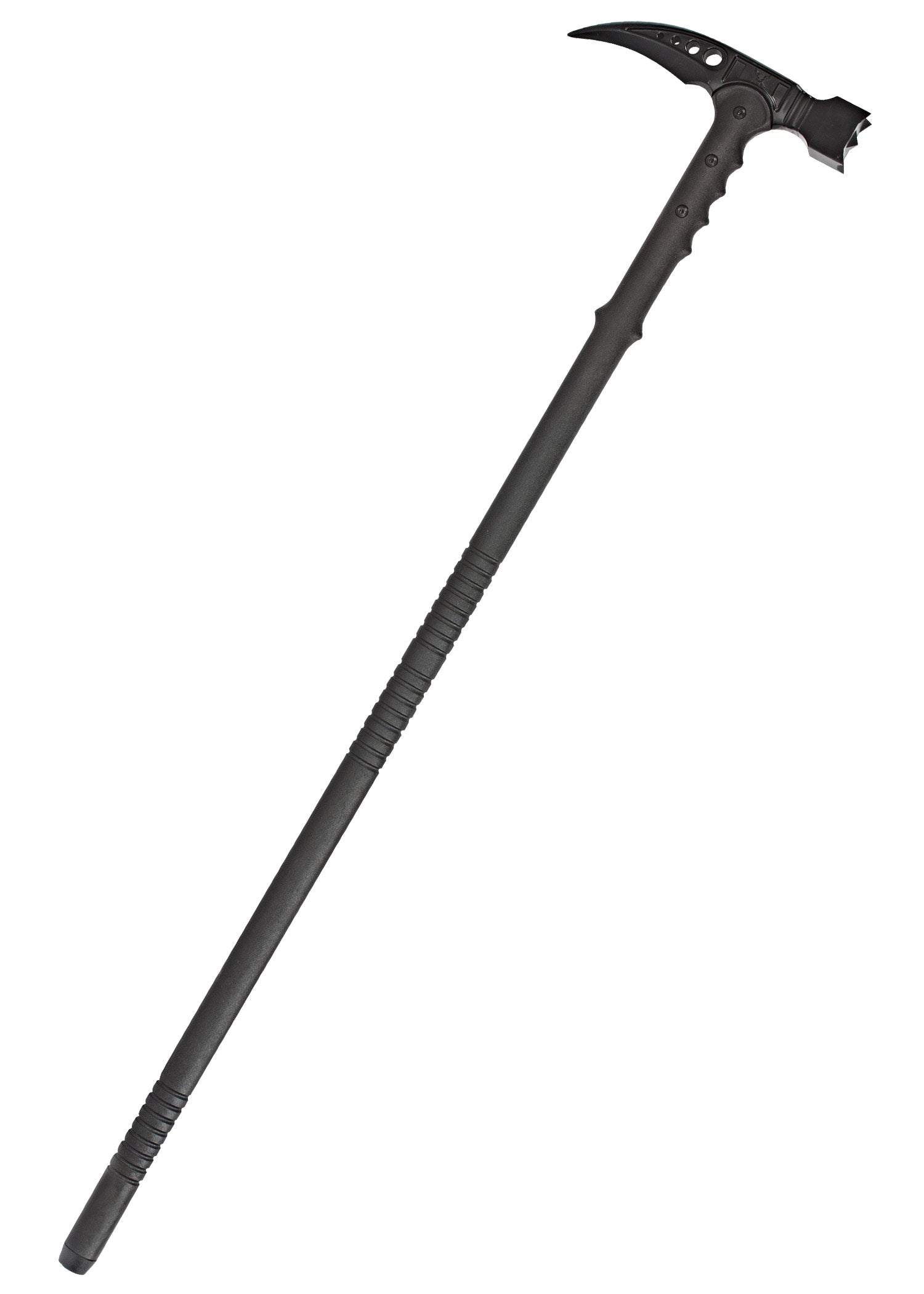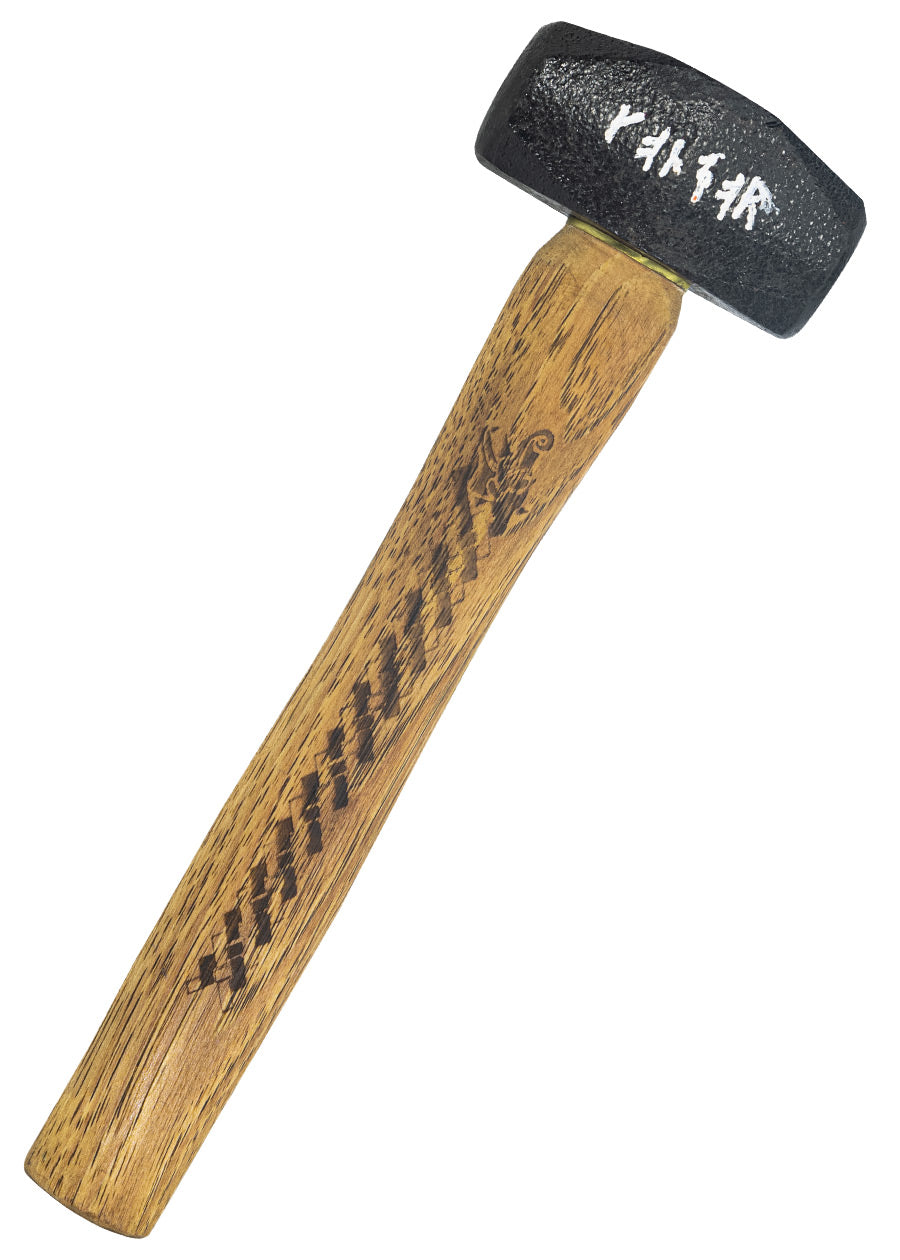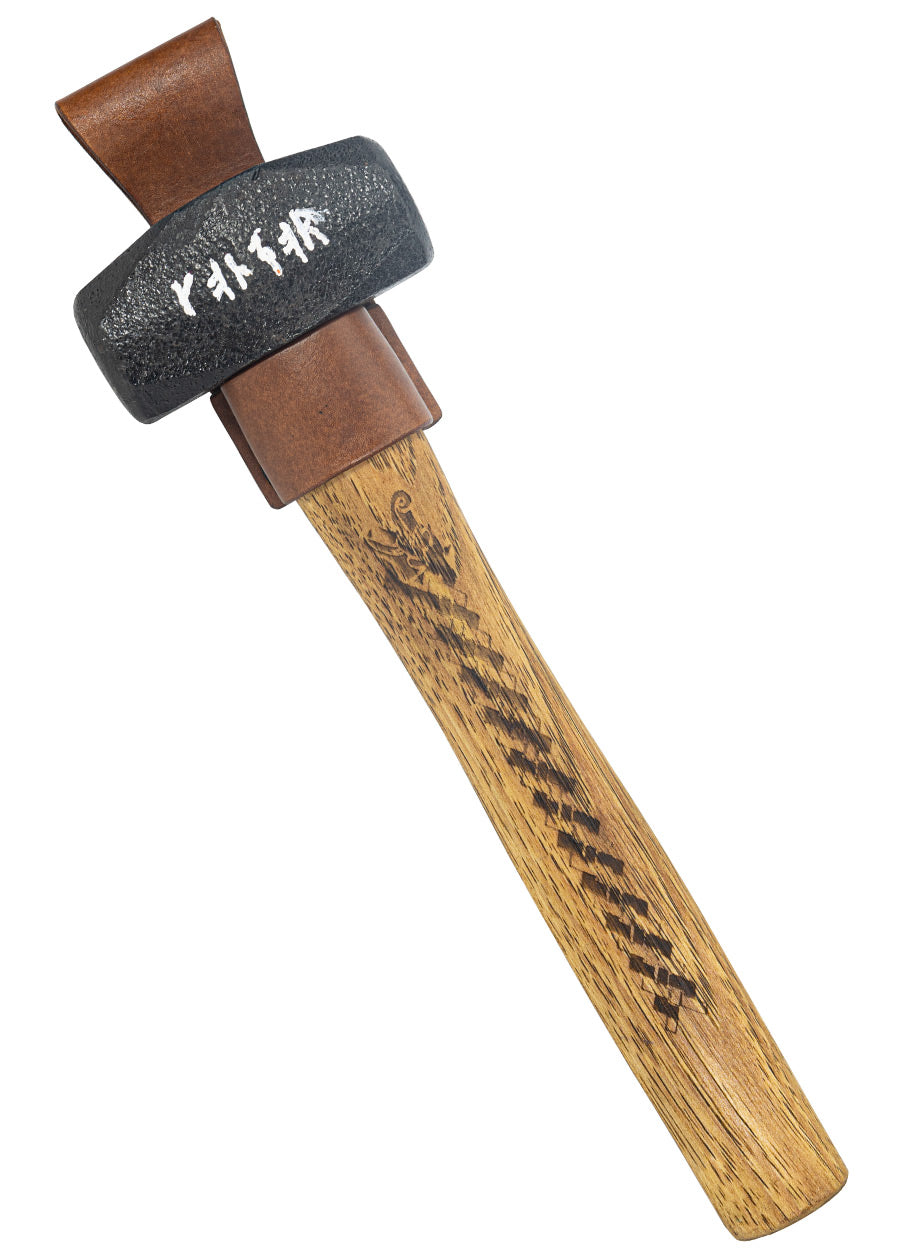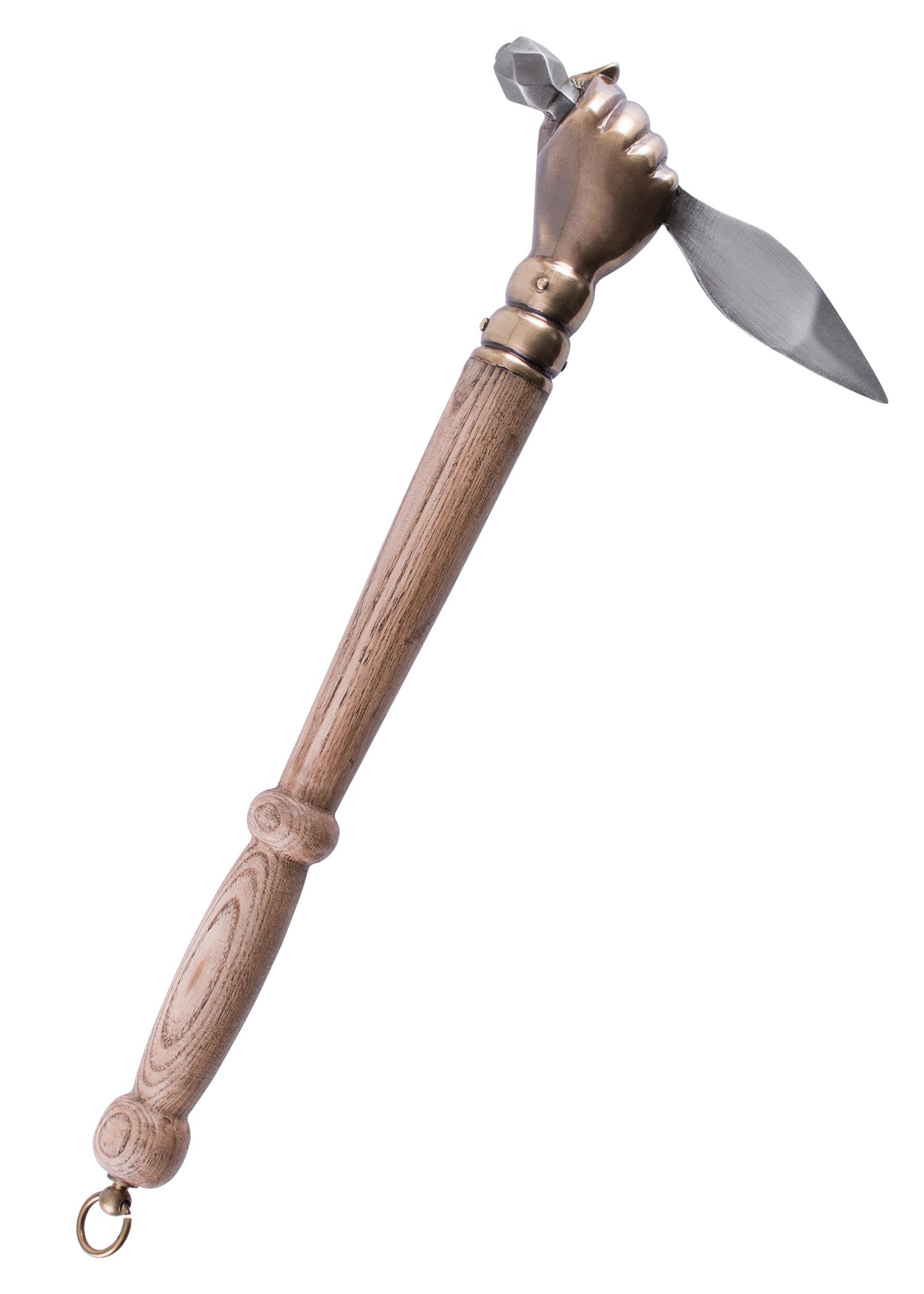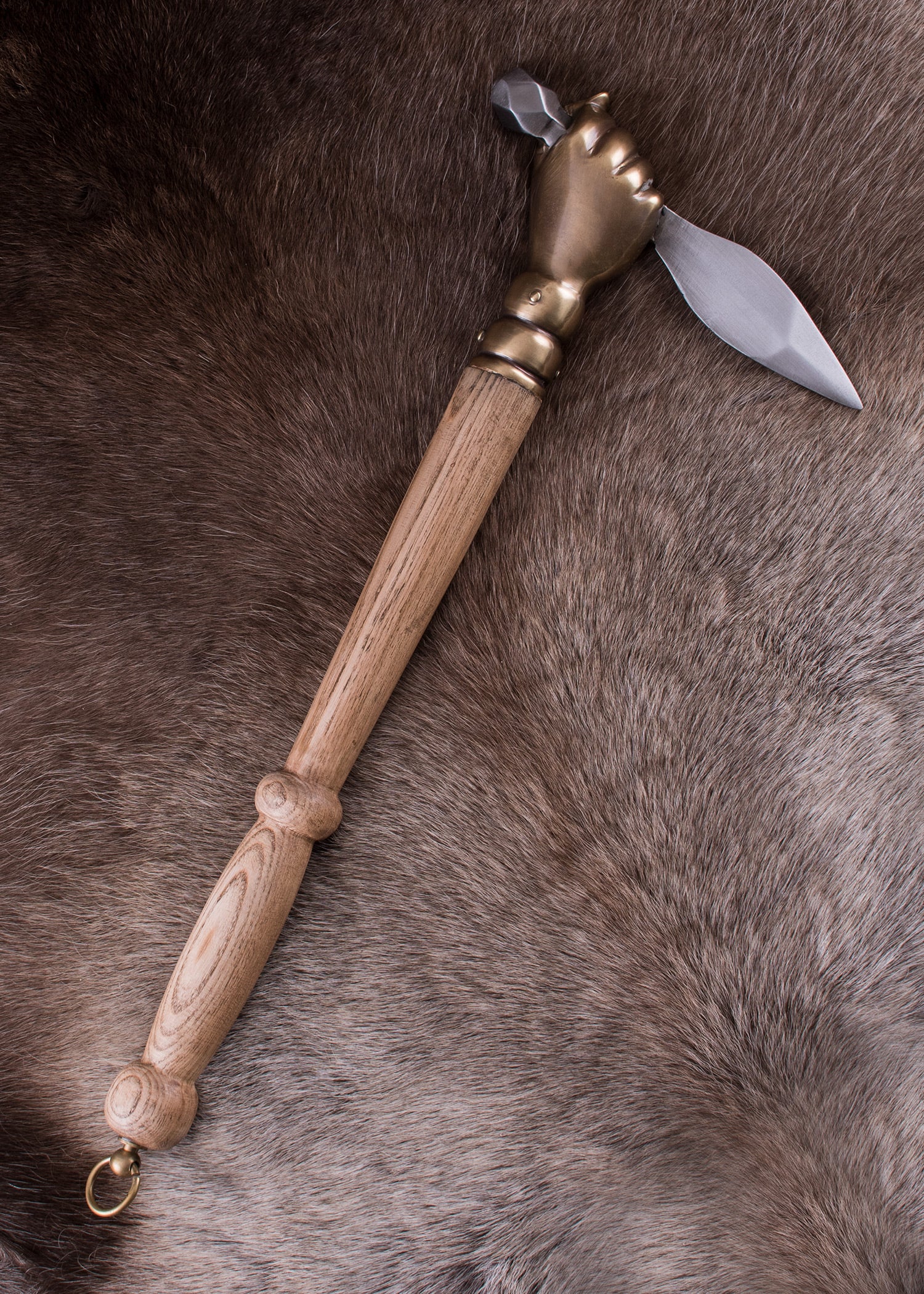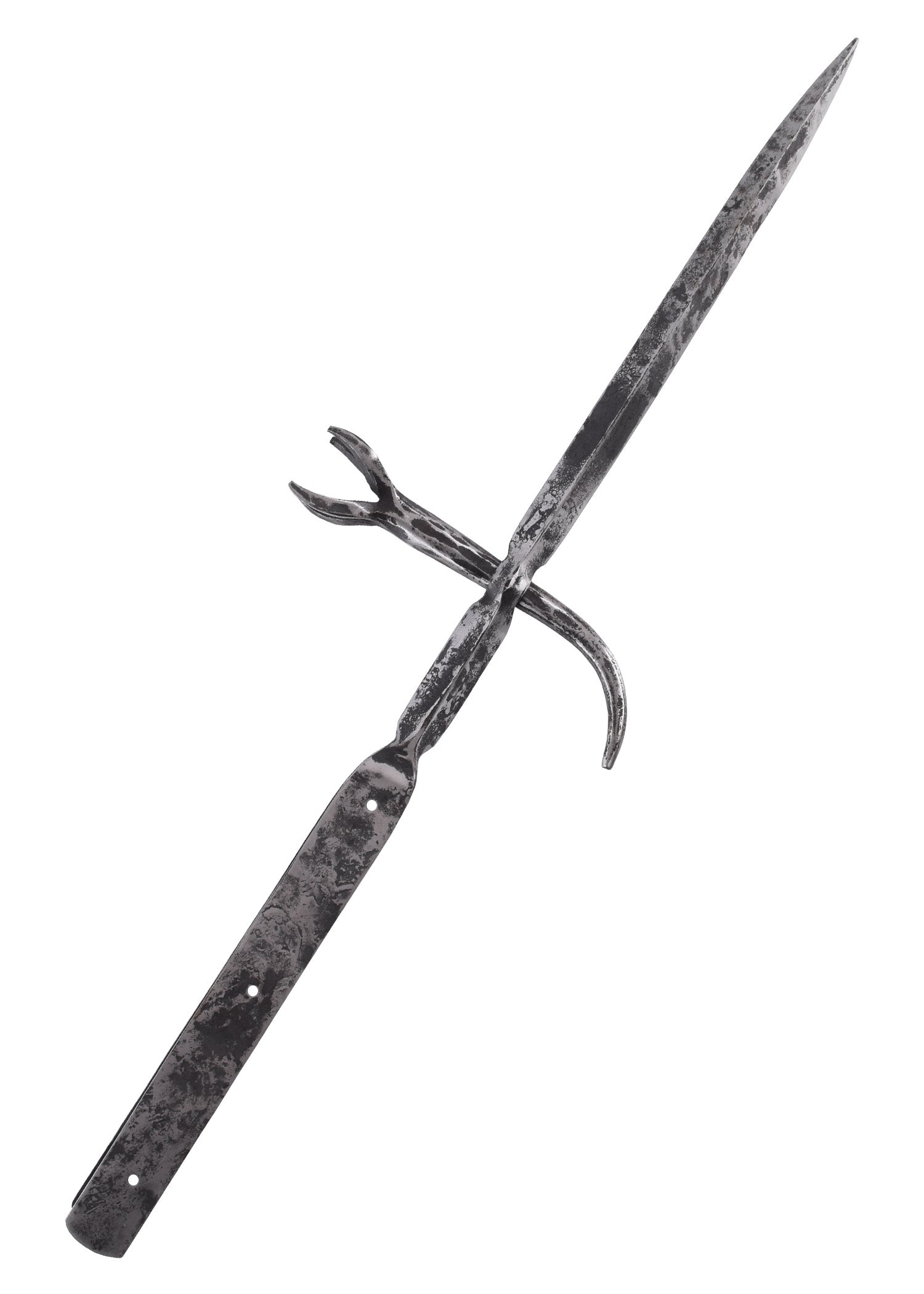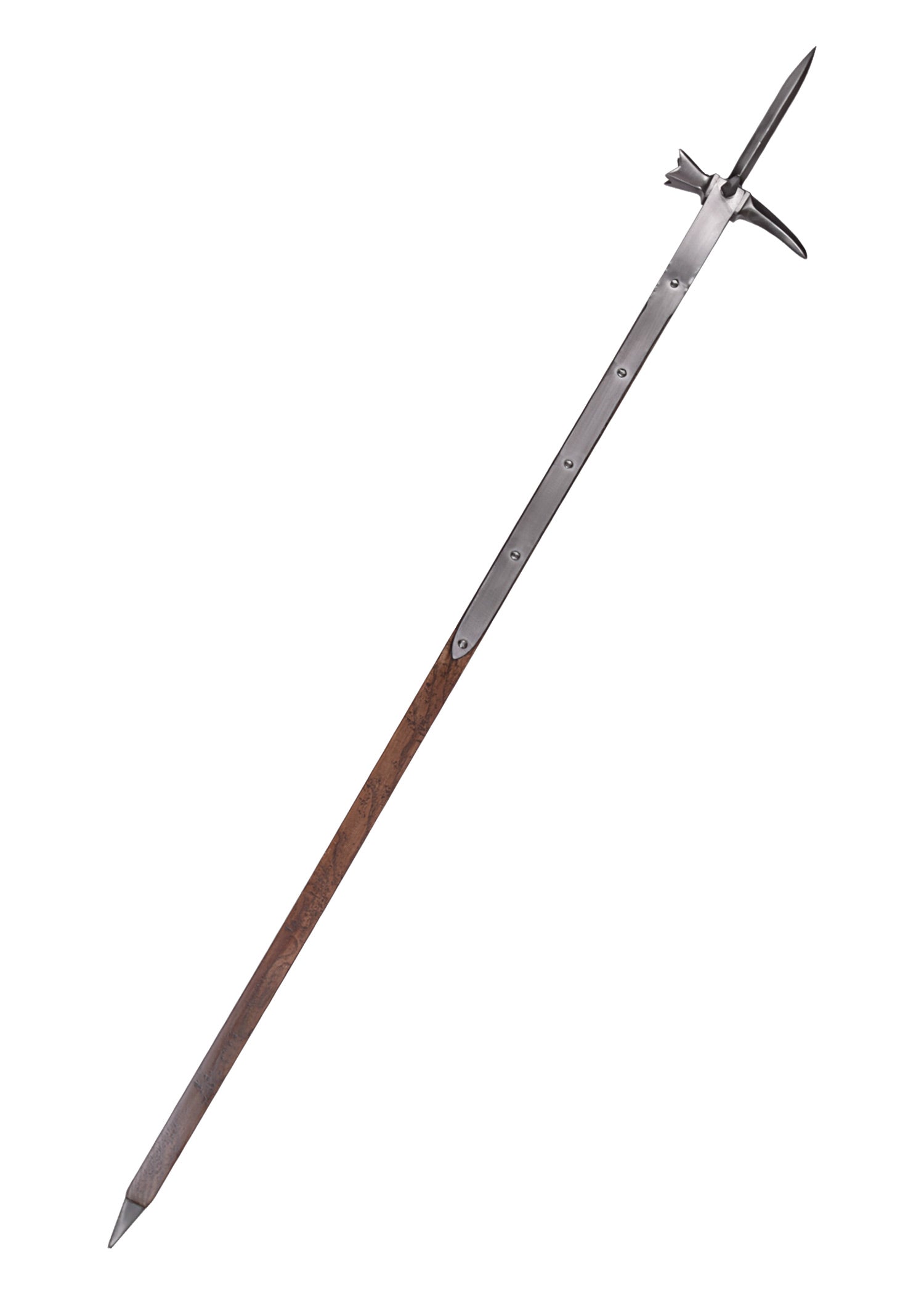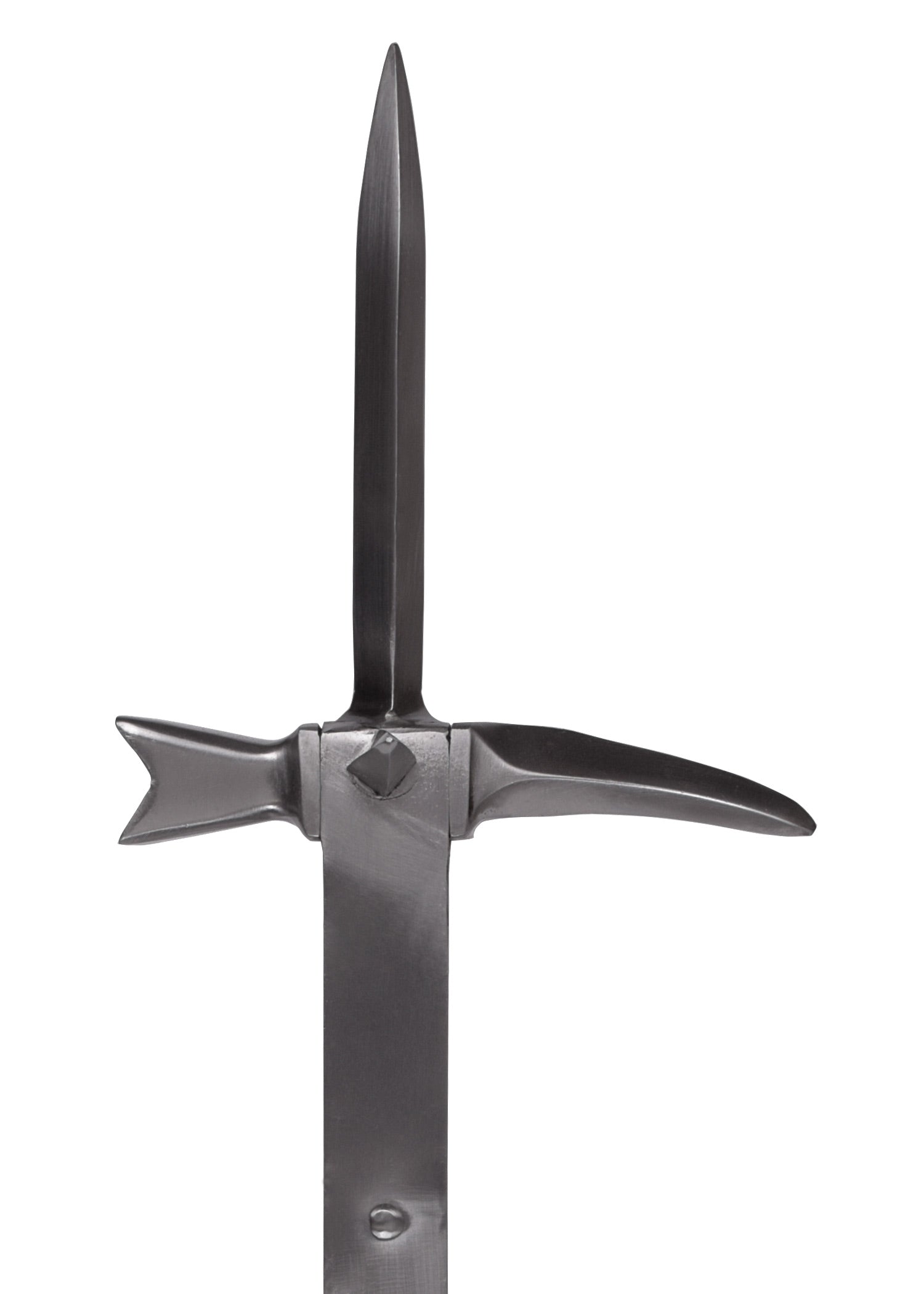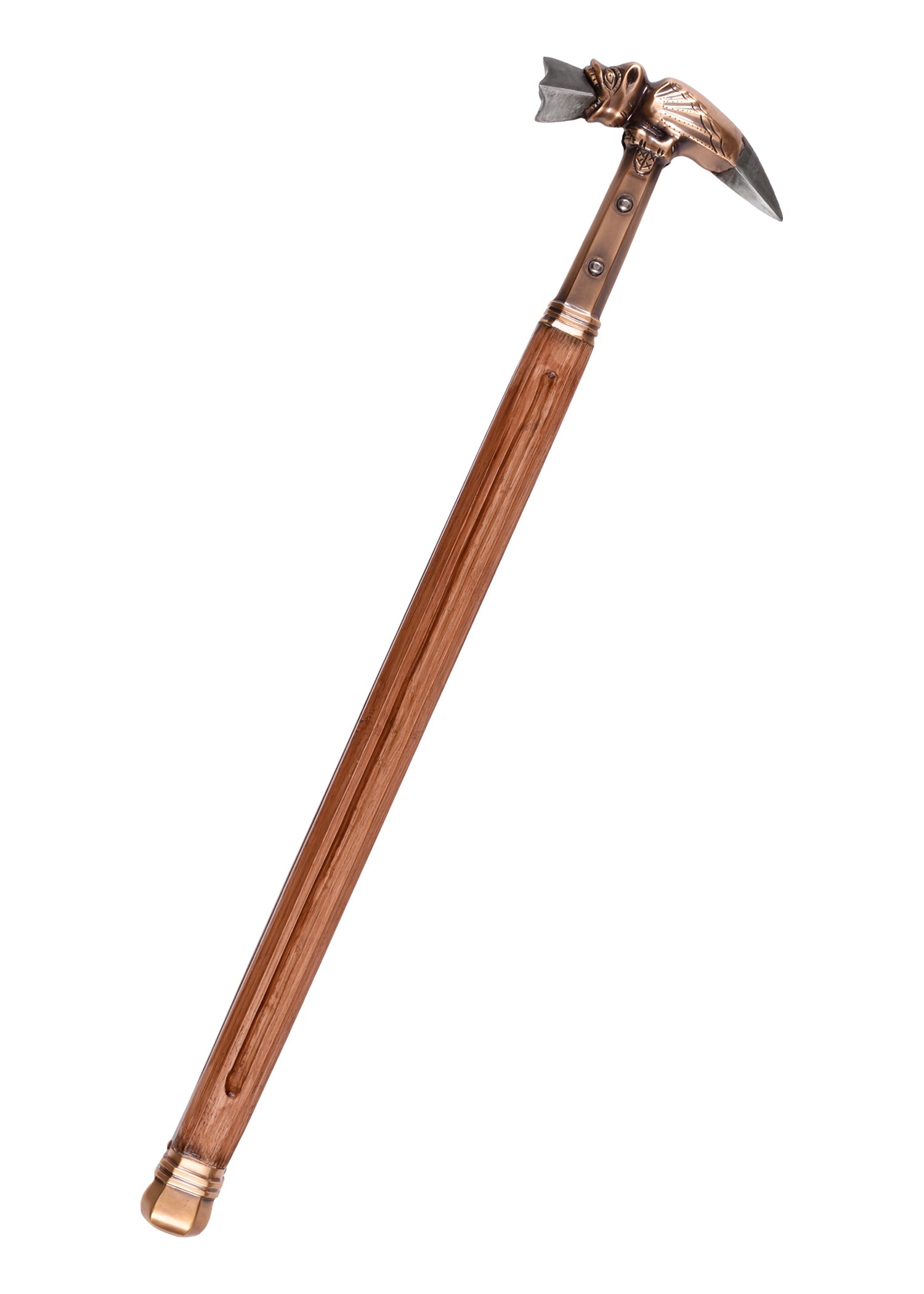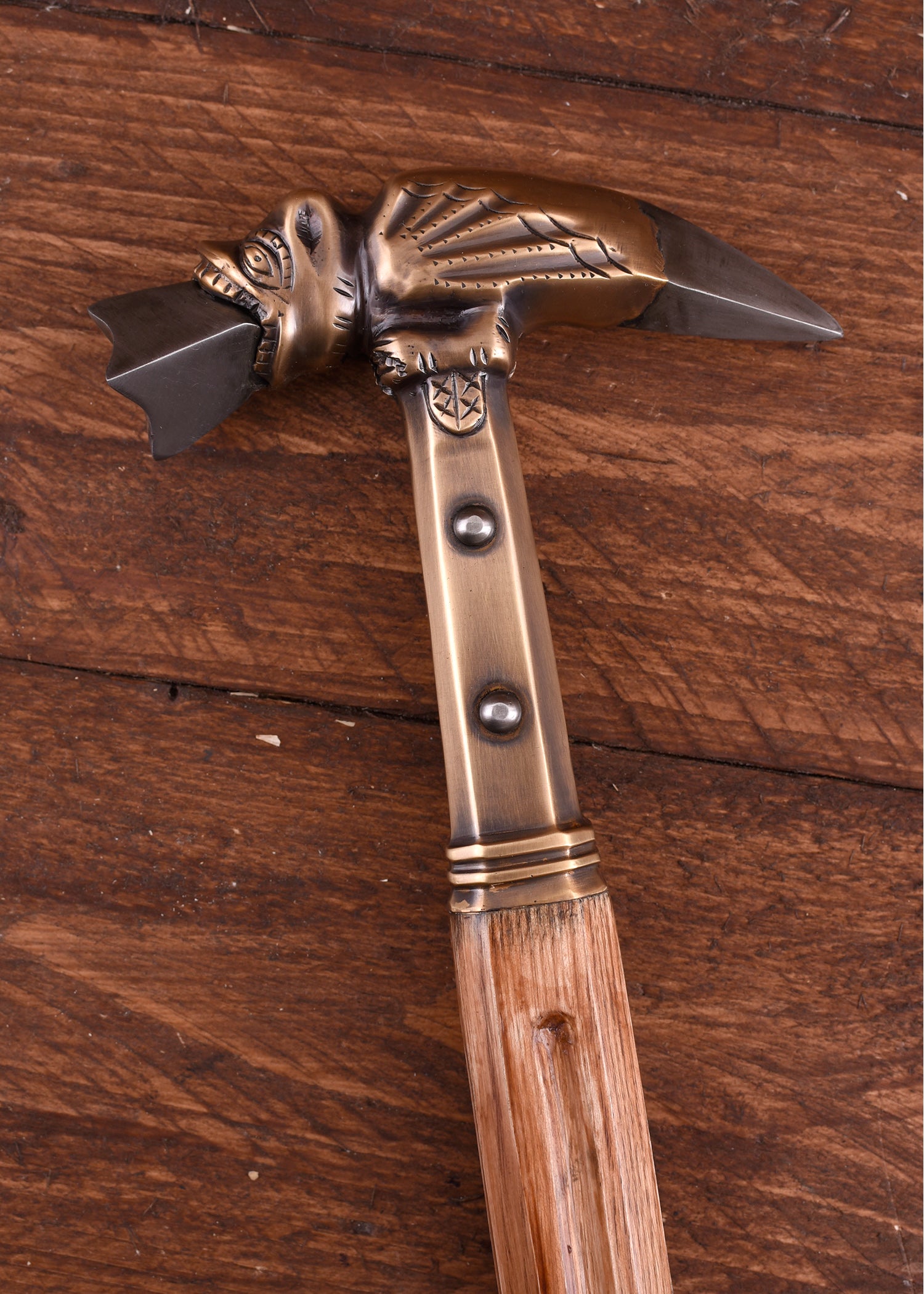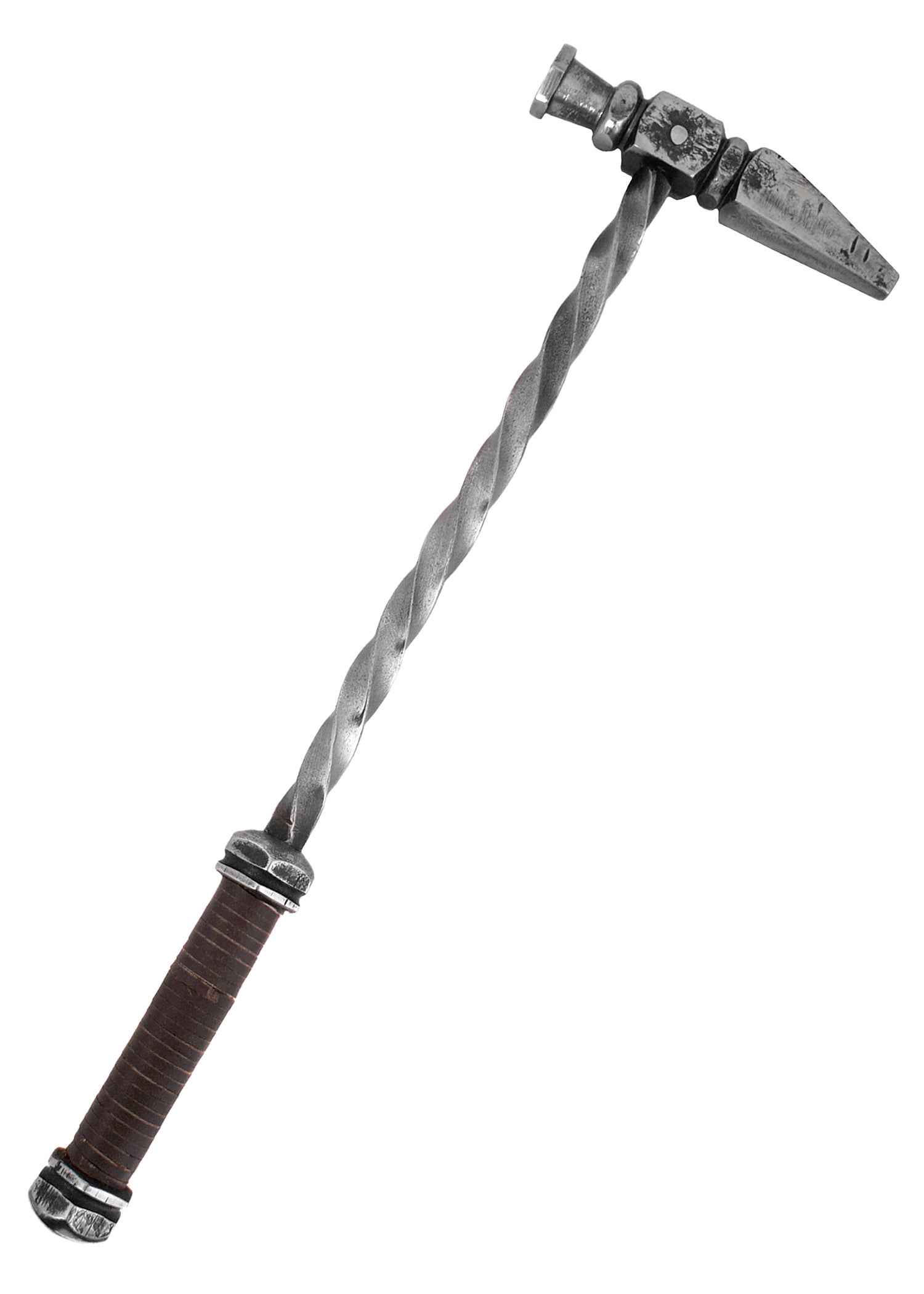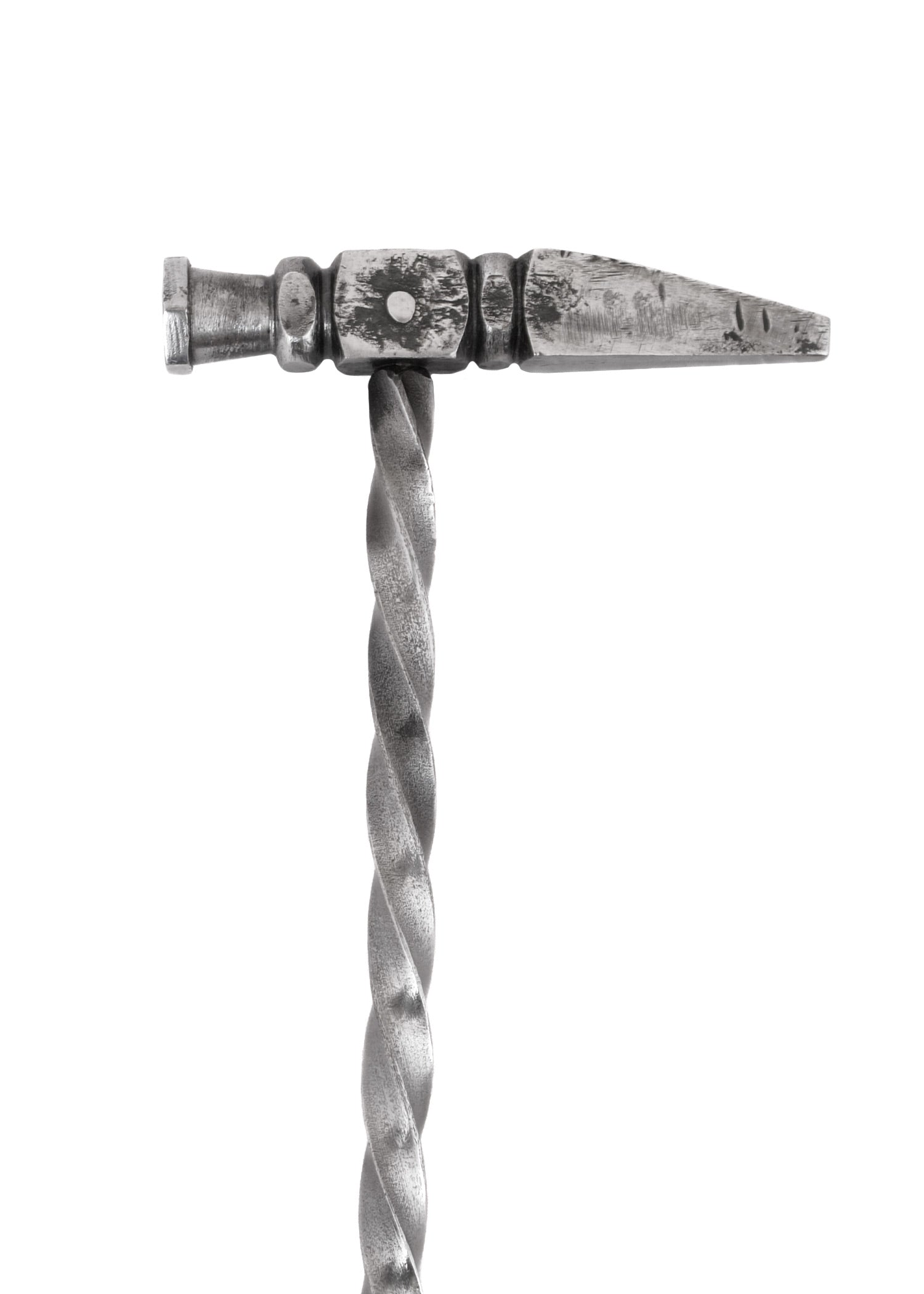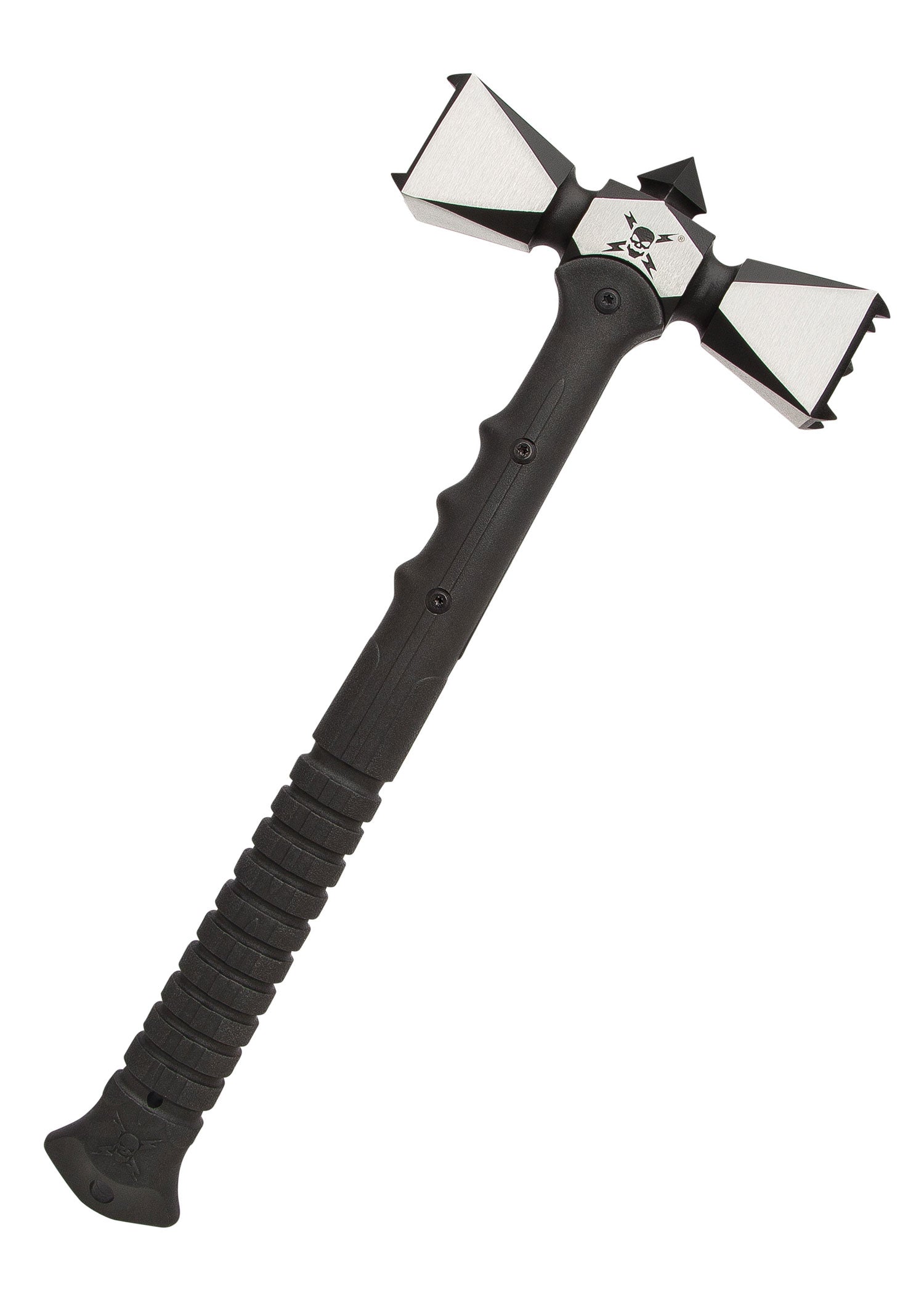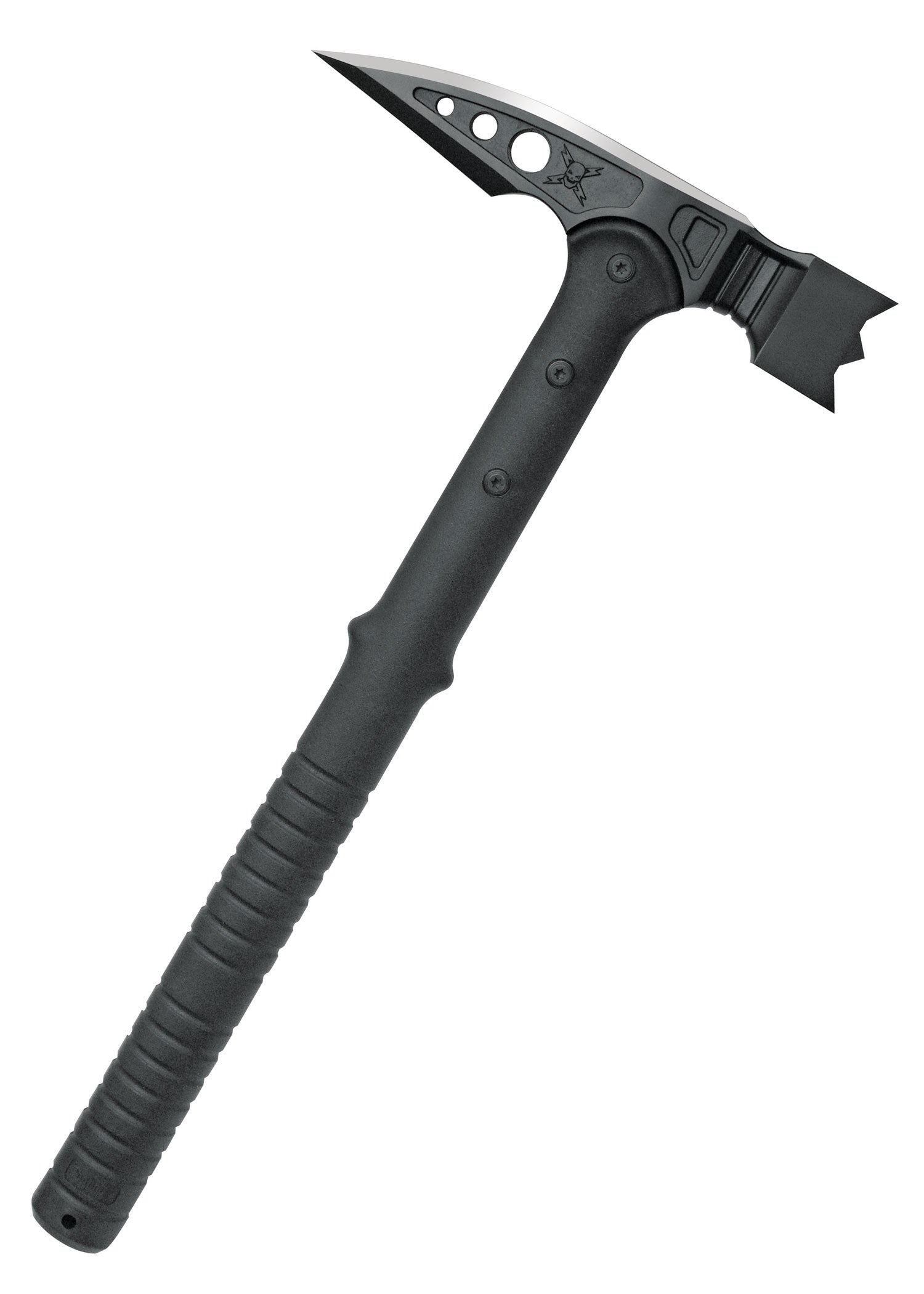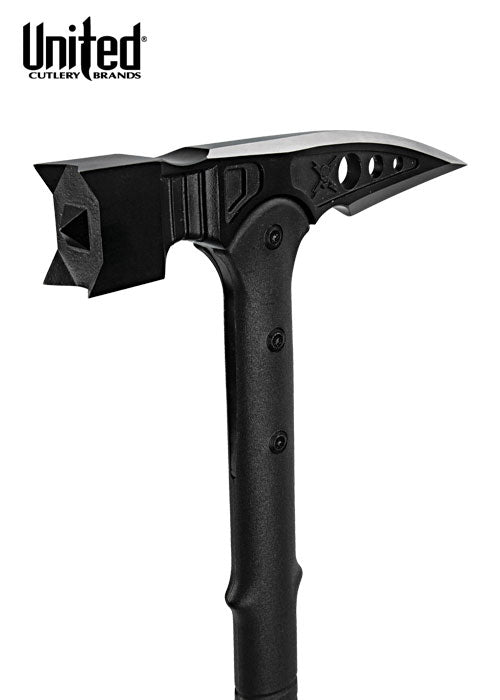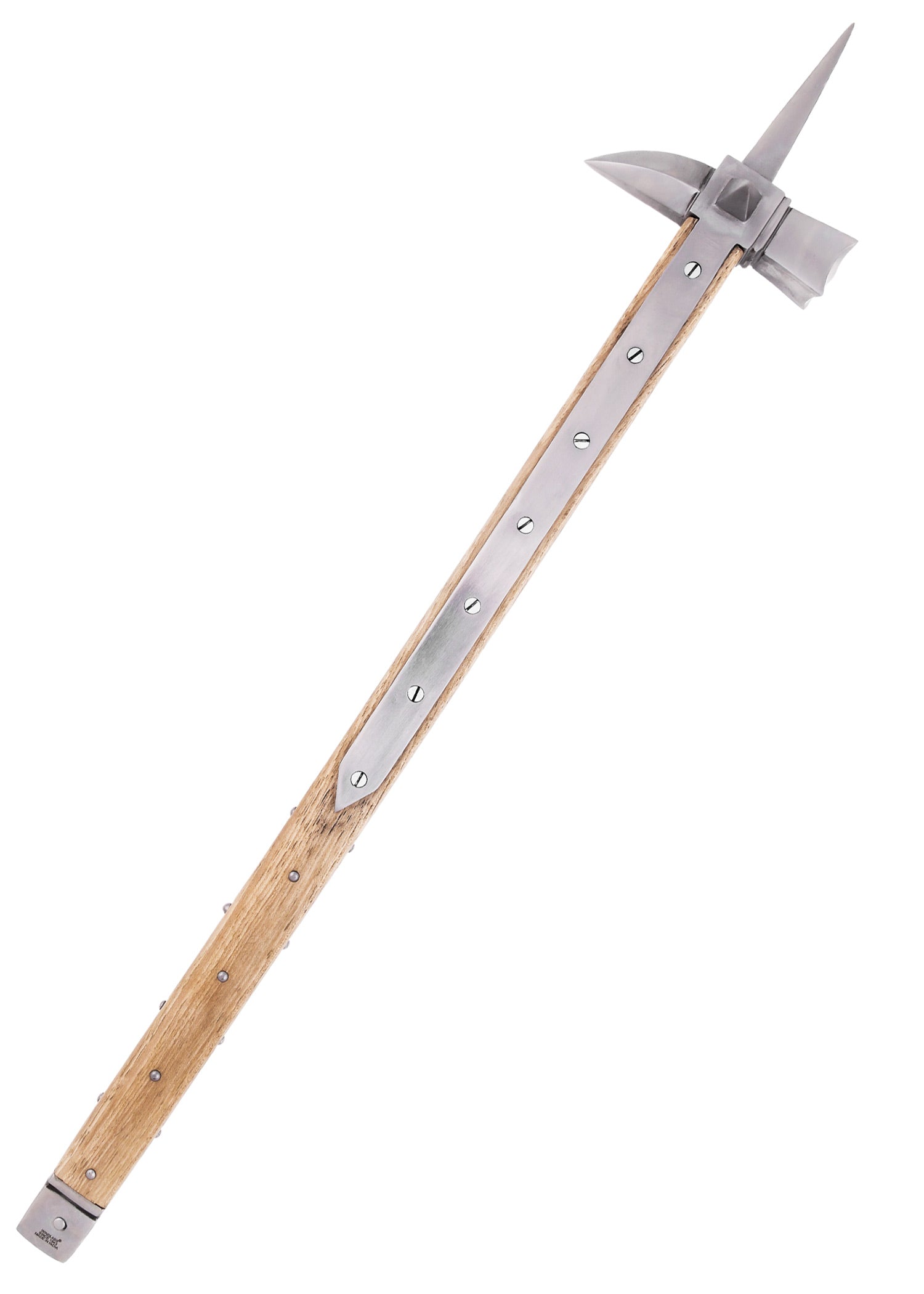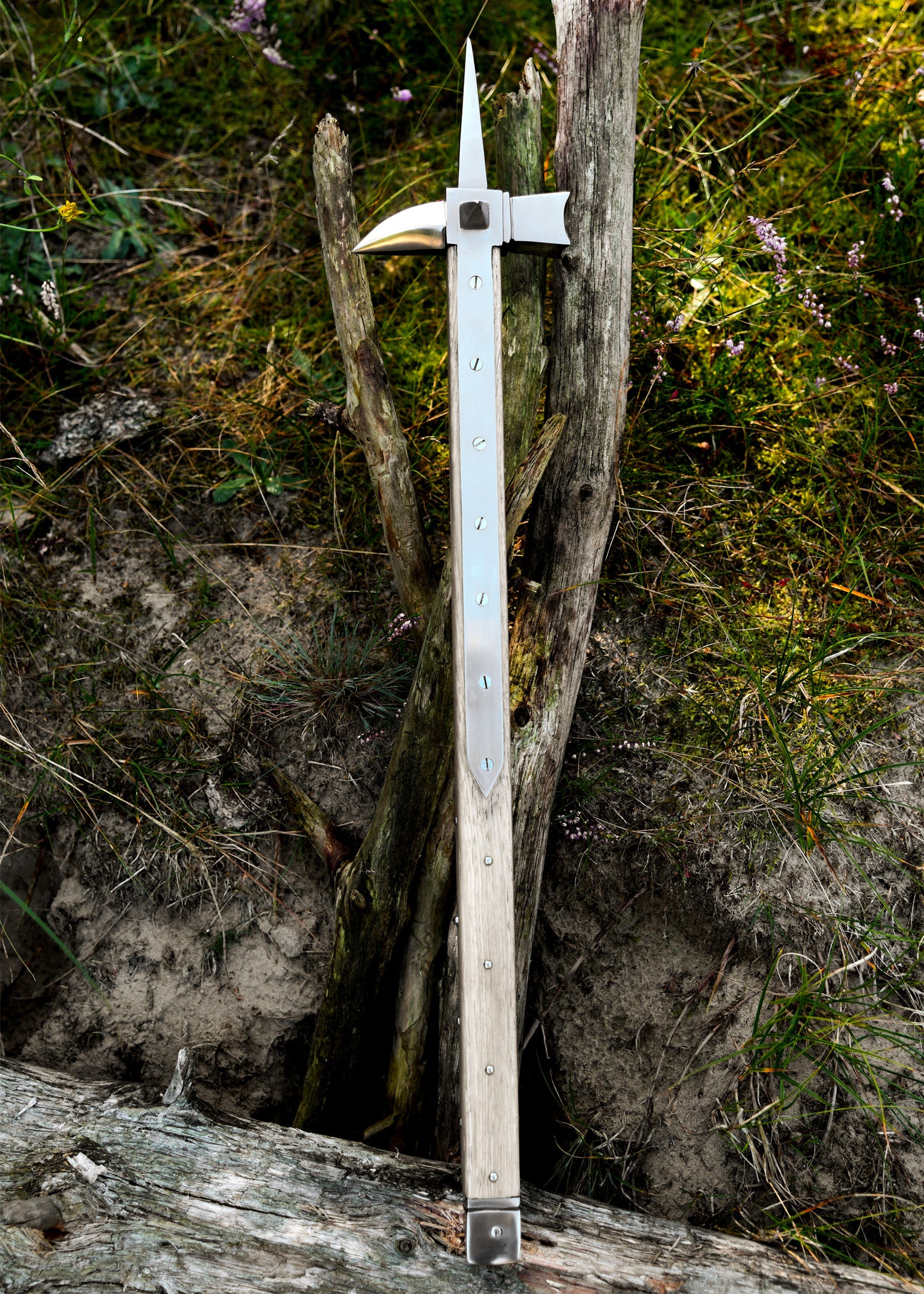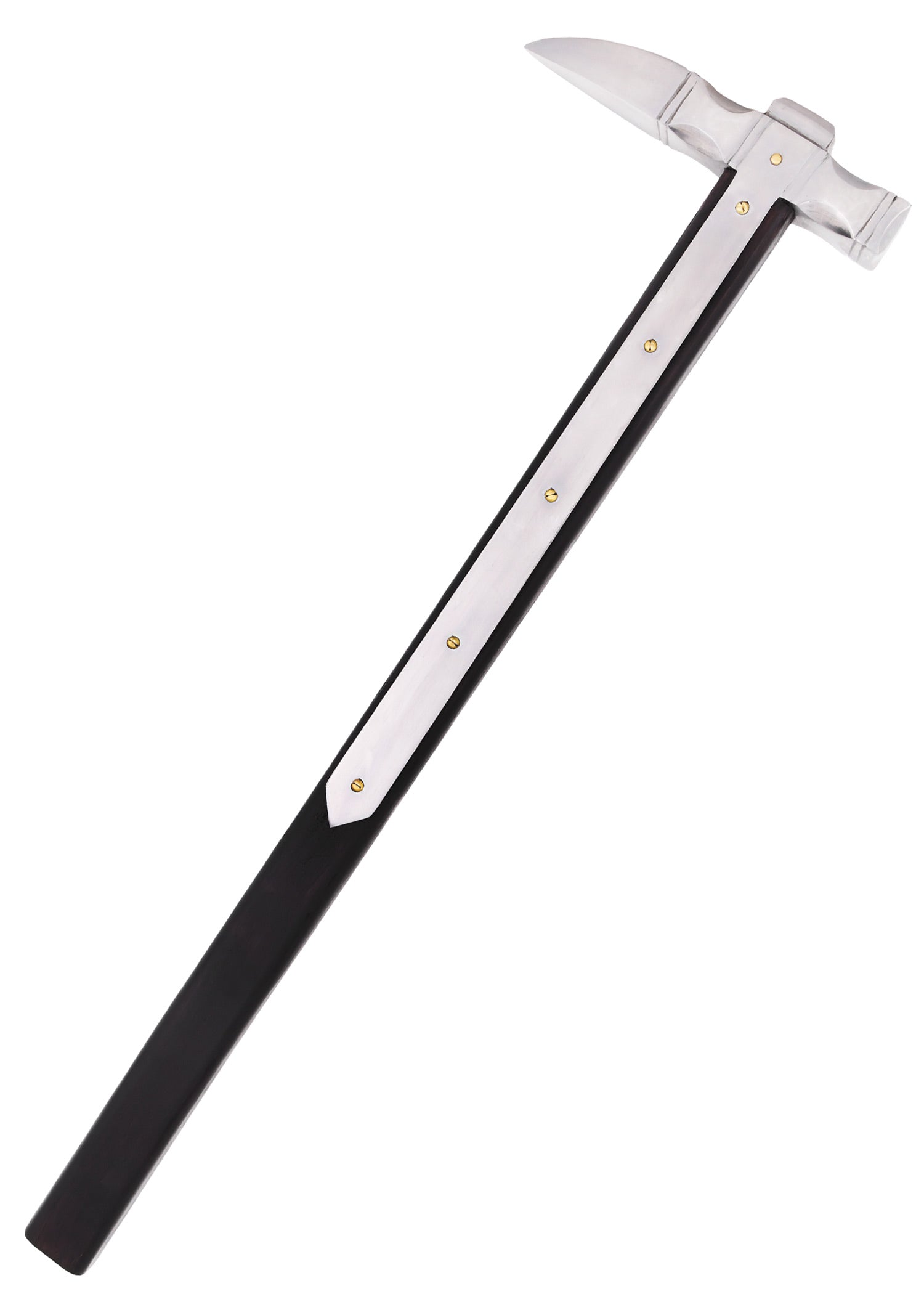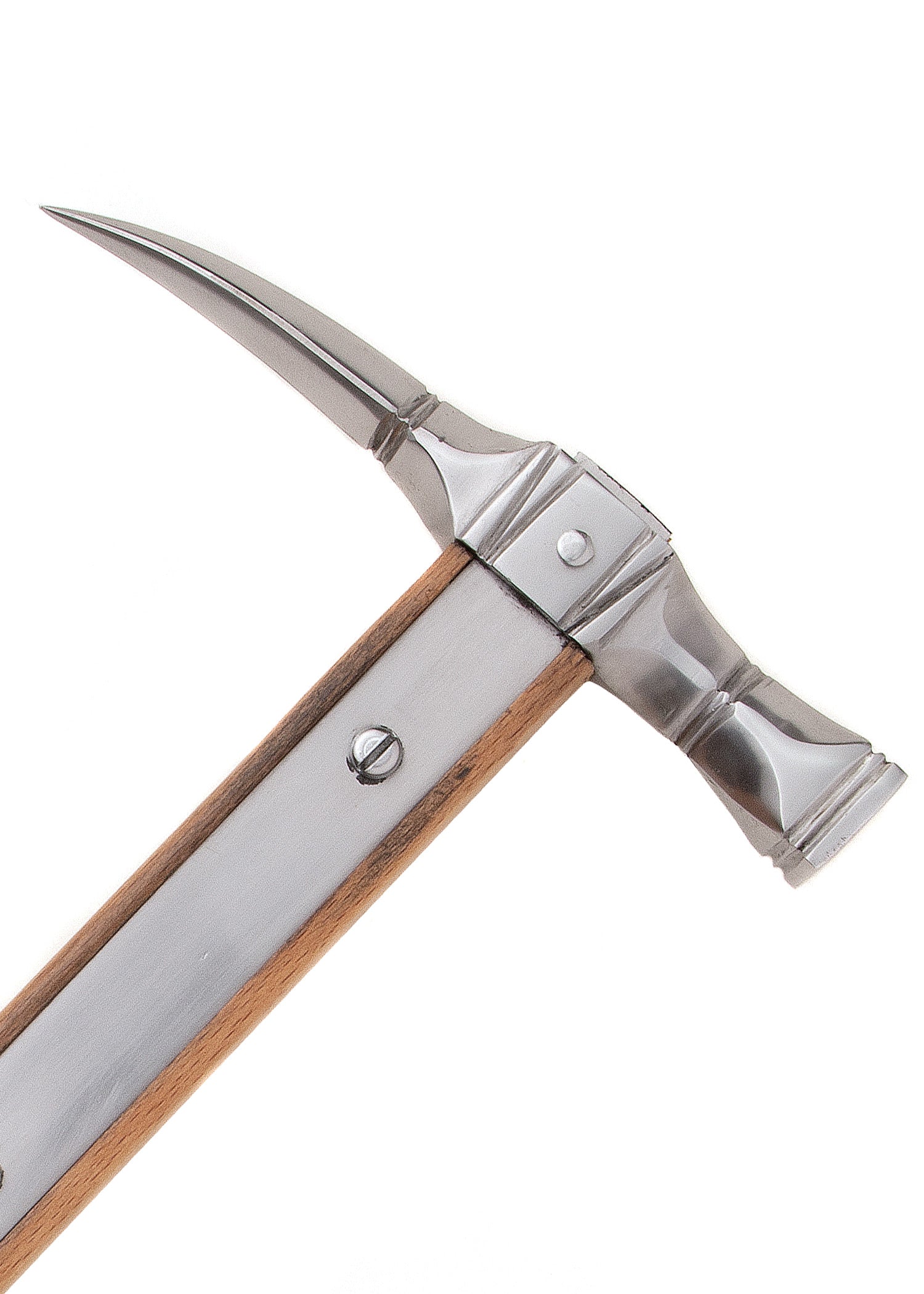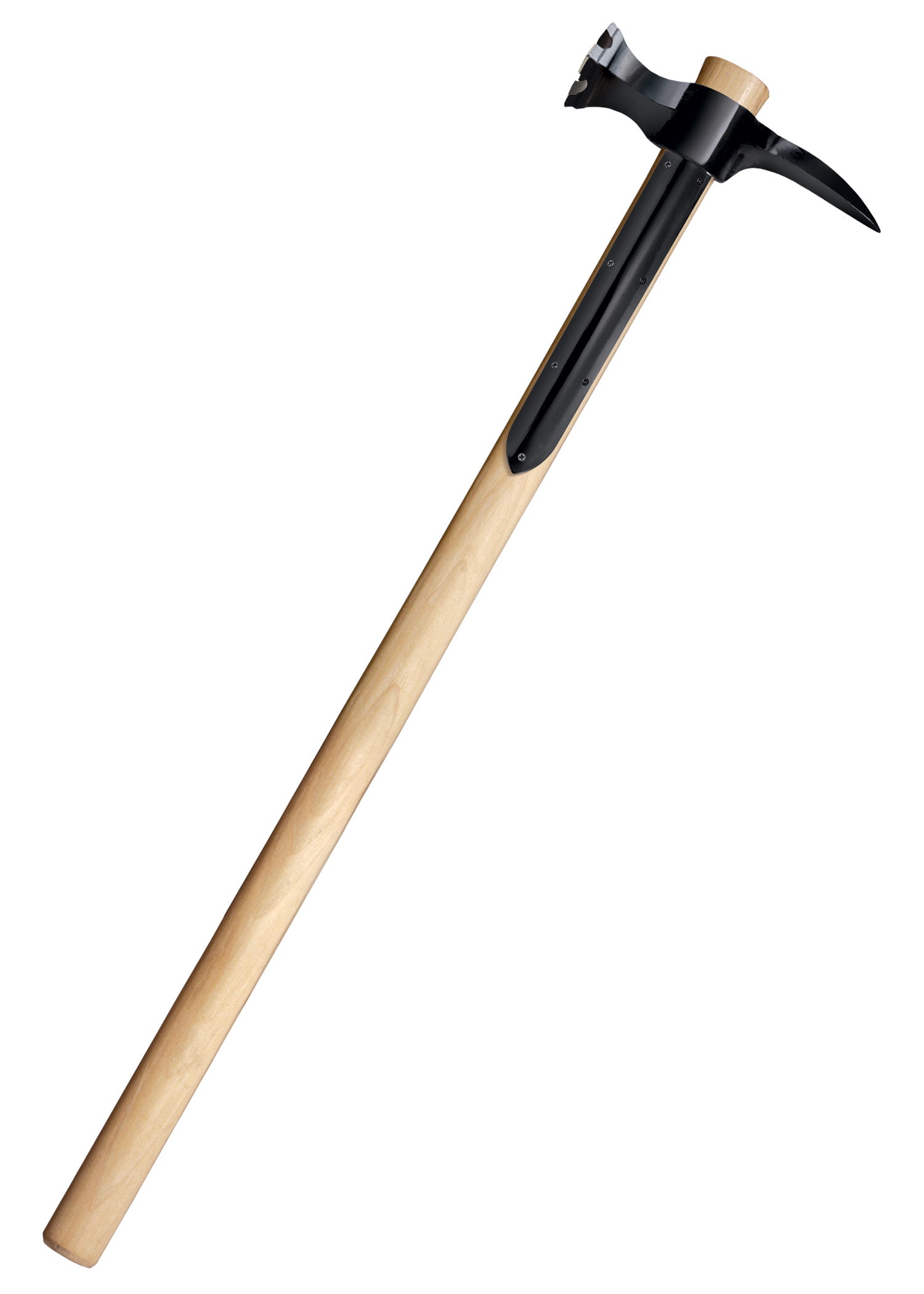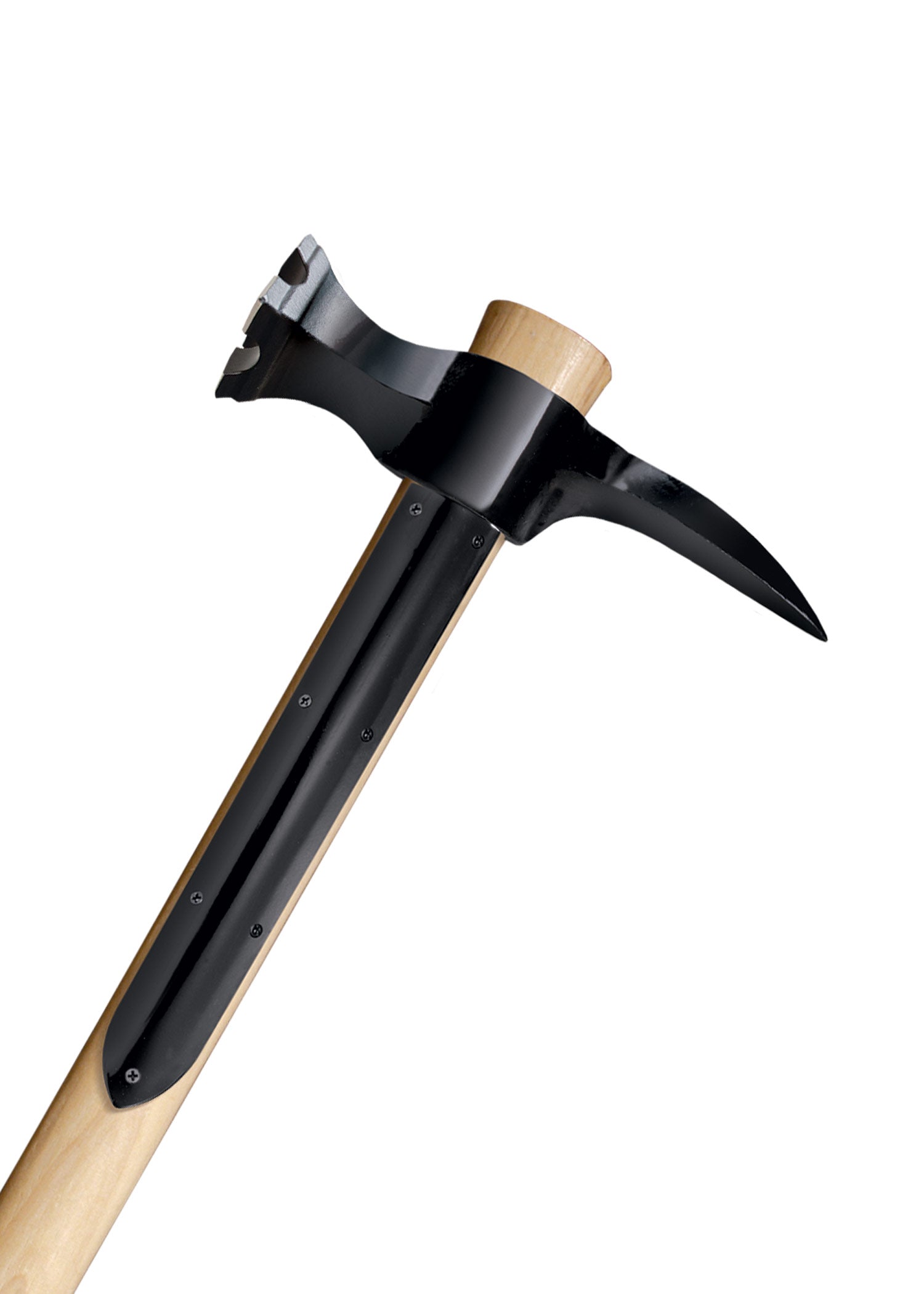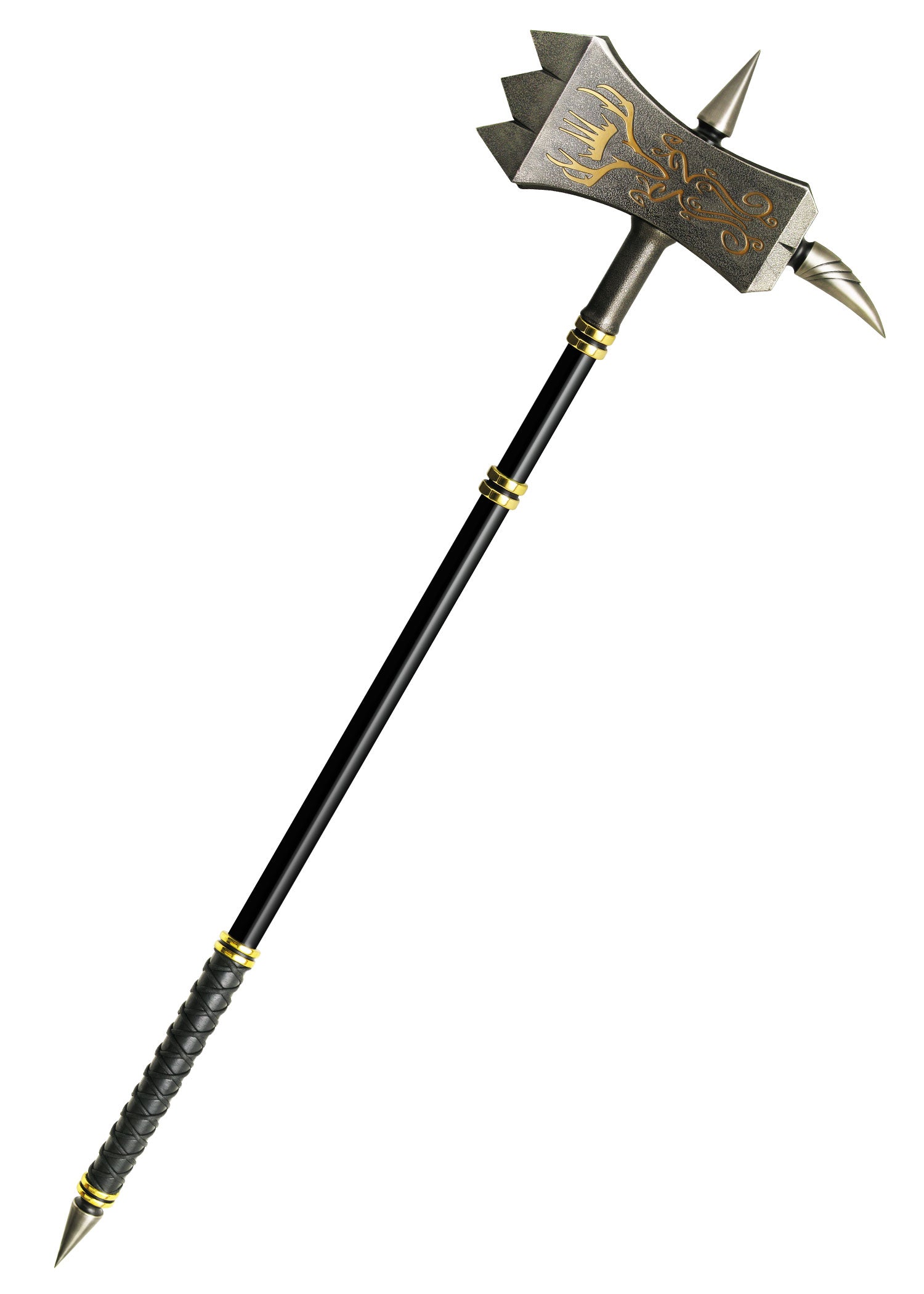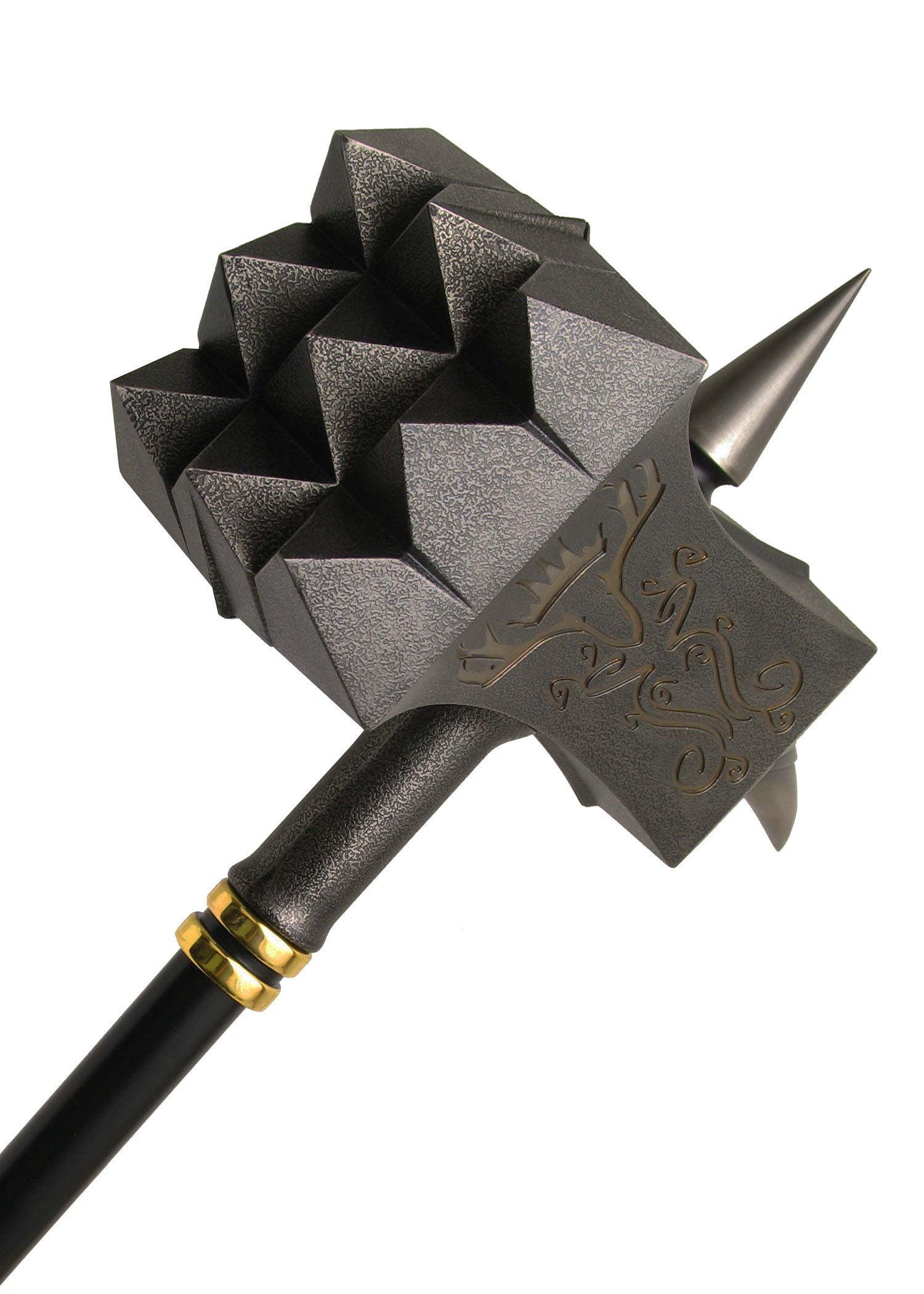Sword Sheaths: Protection and Style for Your Weapons
Sword scabbards are much more than a simple accessory; they're an essential addition to protecting, transporting, and displaying your swords in style. Since ancient times, these sheaths have played a crucial role in preserving the edge and ensuring the safety of the wielder. Whether for functional, decorative, or historical swords, a proper scabbard ensures not only blade protection but also a touch of elegance. Have you ever wondered how sword scabbards were designed in ancient times or what materials were used in their manufacture? Learn more about this indispensable element in the history of edged weapons.
Key Functions of Sword Sheaths
Scabbards not only protect the blade from potential damage, such as dents or corrosion, but also make it safer to carry. They also serve an aesthetic purpose, complementing the sword's design with quality materials and finishes. In historical contexts and reenactments, a well-designed scabbard lends authenticity to the entire piece, highlighting the historical and cultural value of the weapon.
Features of the Sword Sheaths
- Durable Materials : From leather to wood and metals, sheaths are made to withstand constant use.
- Varied designs : From simple and functional finishes to elaborate decorations that reflect the wearer's status.
- Adaptability : Designed to fit perfectly to each type of sword, ensuring safe and comfortable transport.
The symbolism of the pods
In many cultures, scabbards were seen as an extension of the sword and the warrior who wielded it. They were sometimes engraved or decorated with symbols of values such as honor, loyalty, or courage. Even today, scabbards are essential elements in weapon collections, combining functionality and aesthetics.
A must-have accessory
If you're a collector or enthusiast of historical weapons, a quality scabbard is essential for preserving and displaying your swords. Find functional, decorative, and personalized designs that reflect the tradition and craftsmanship of bygone eras.

